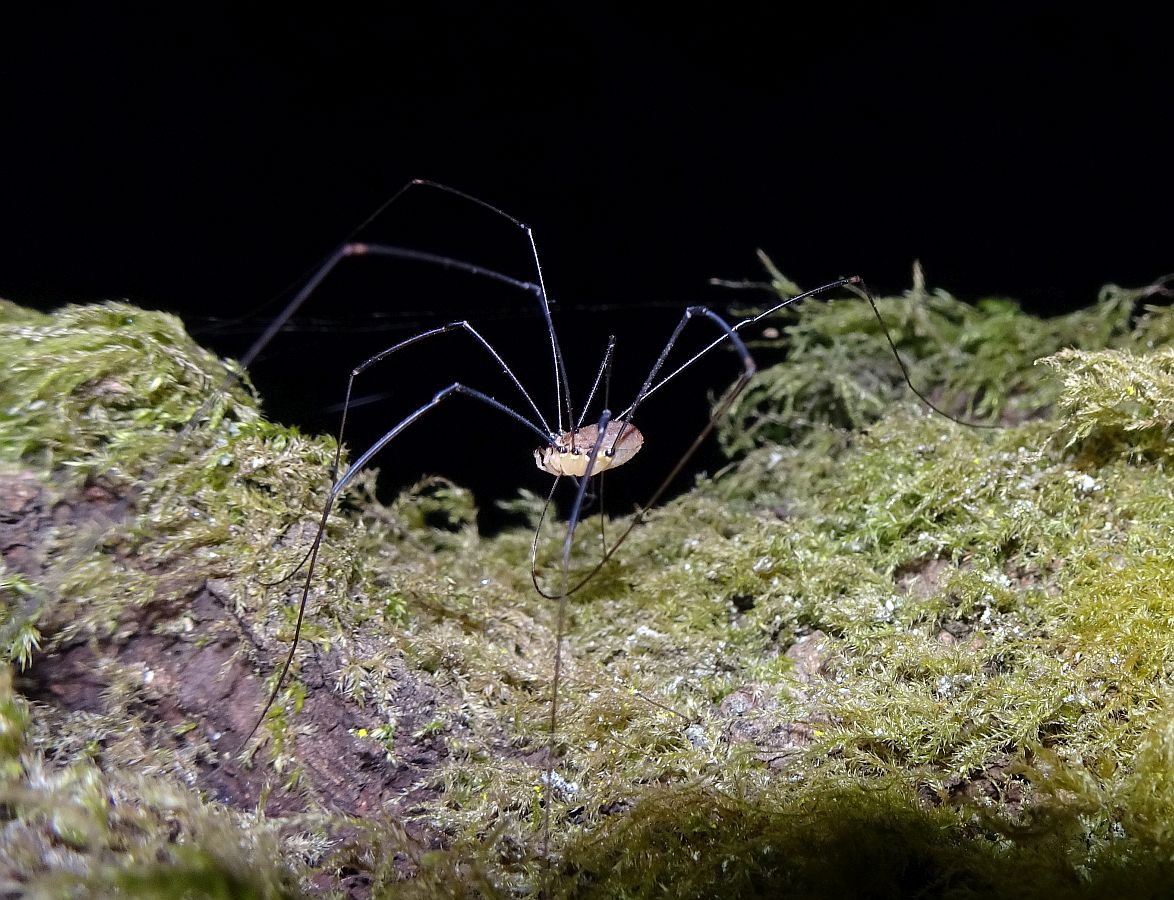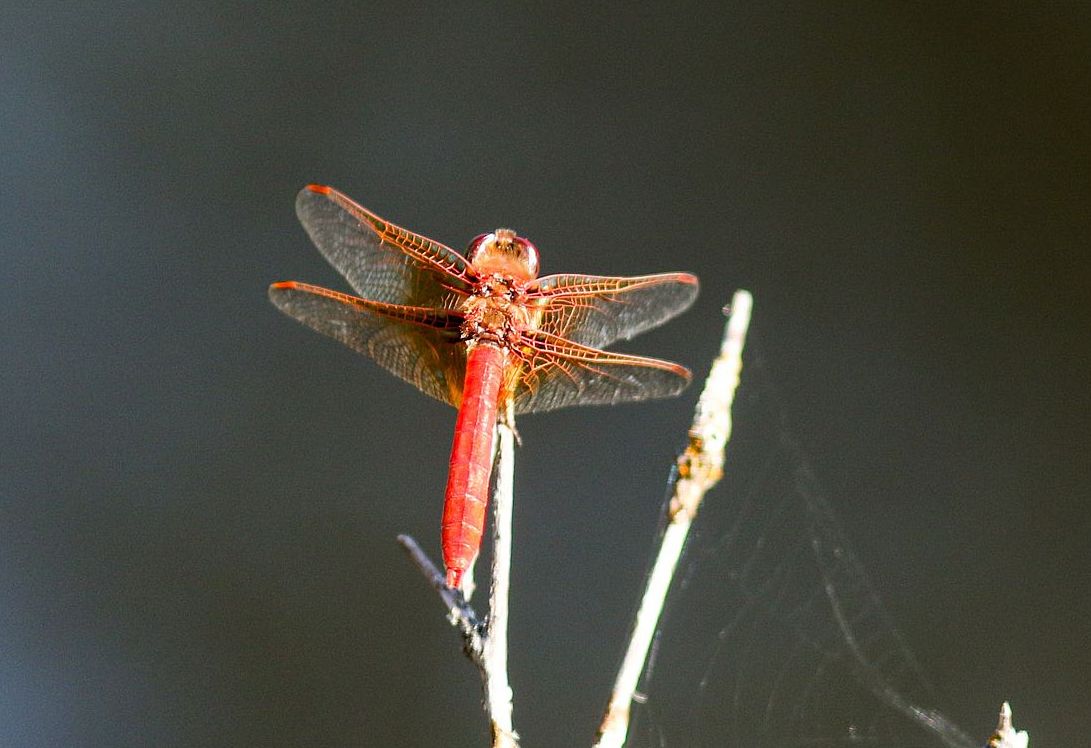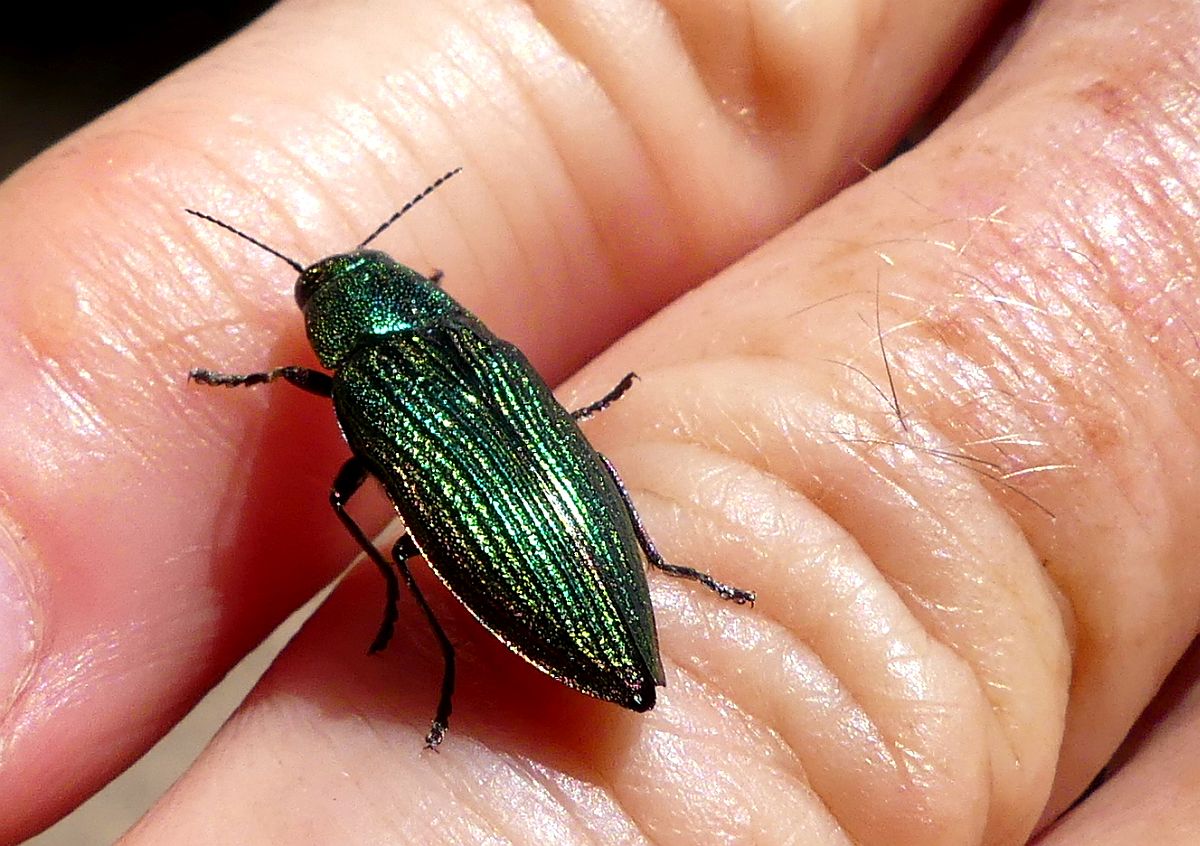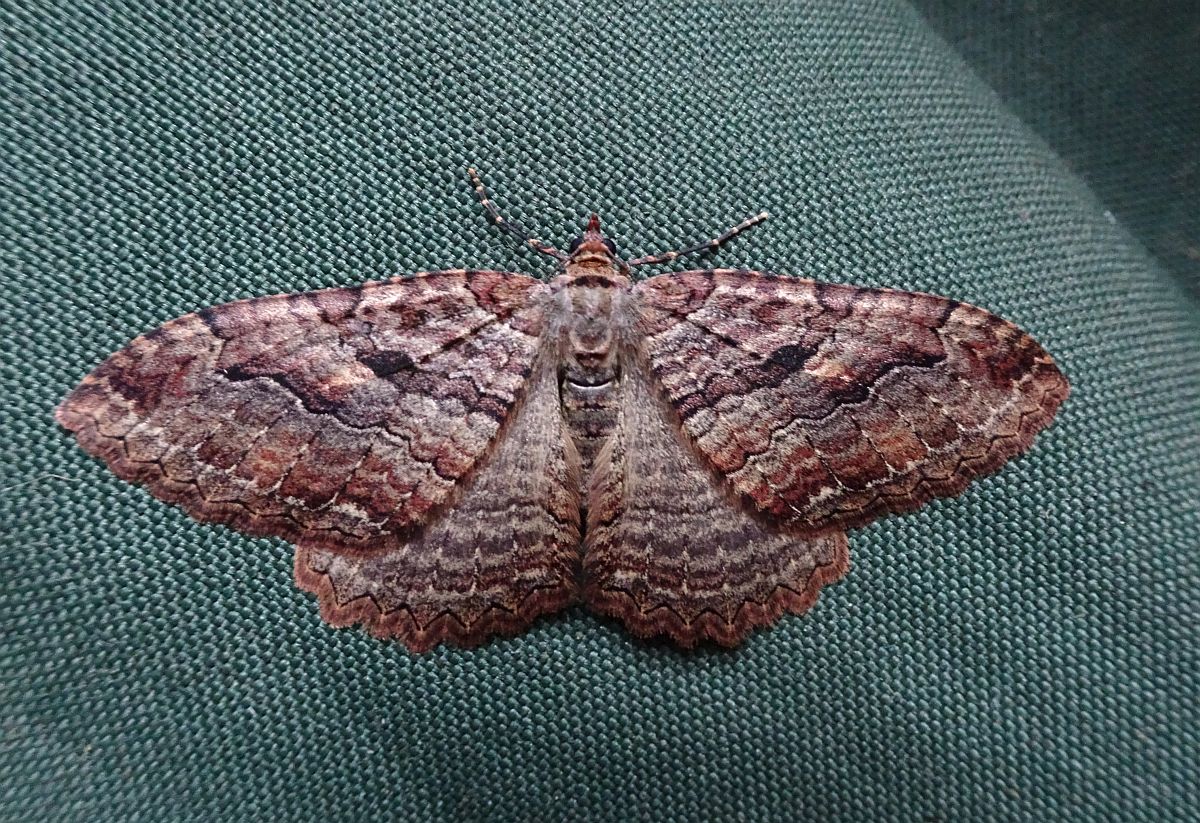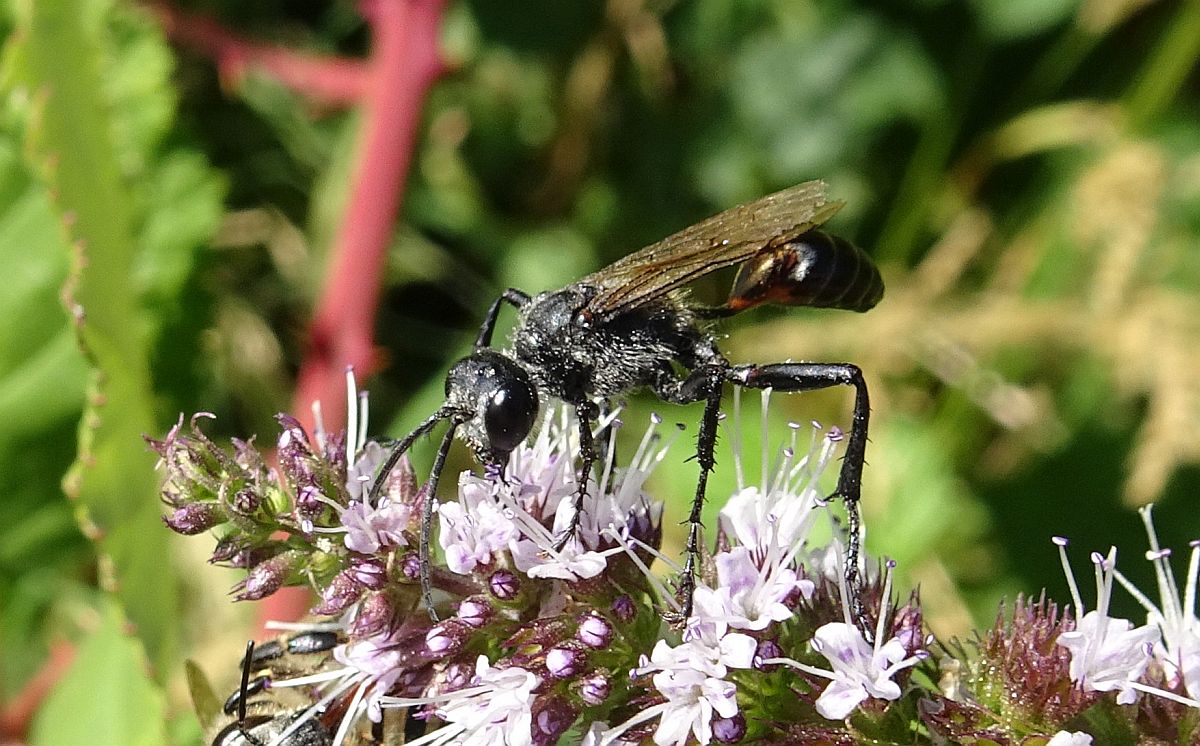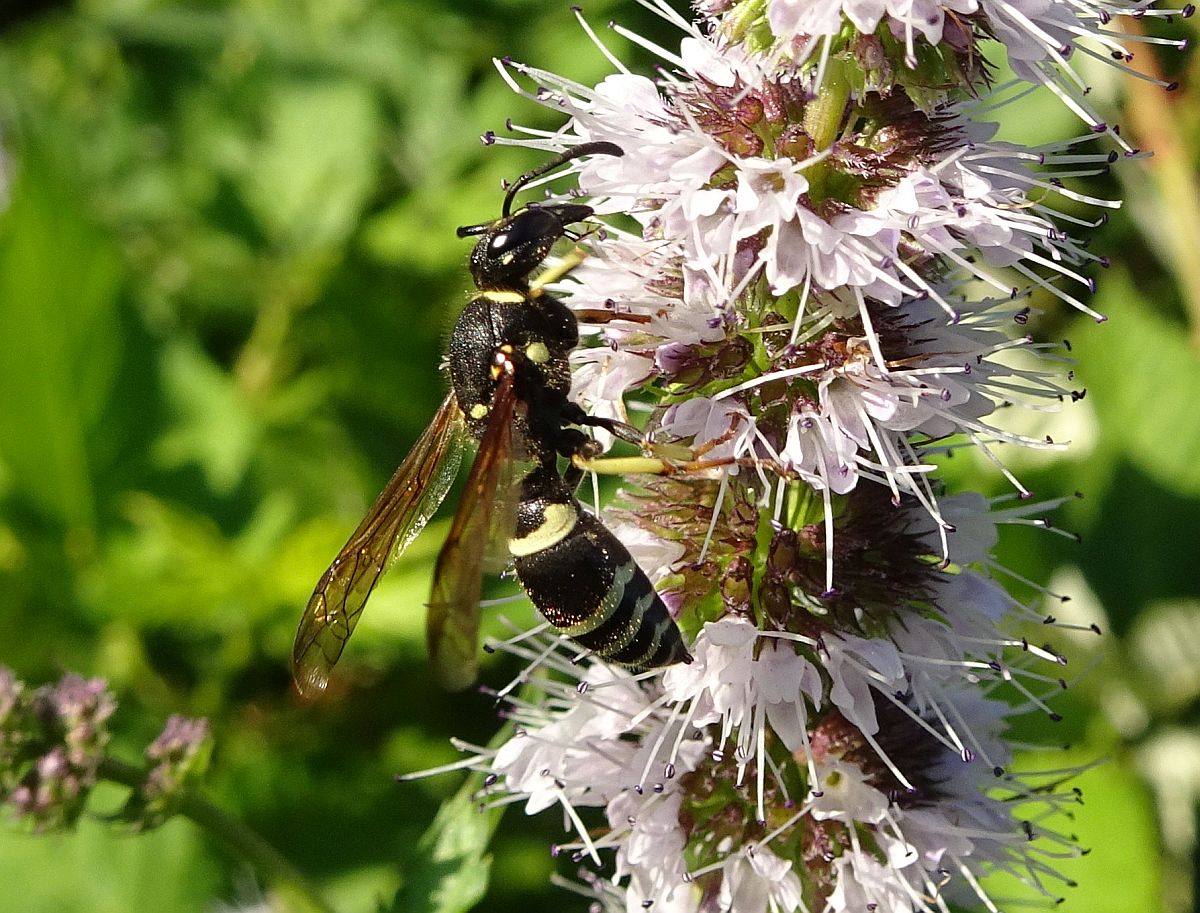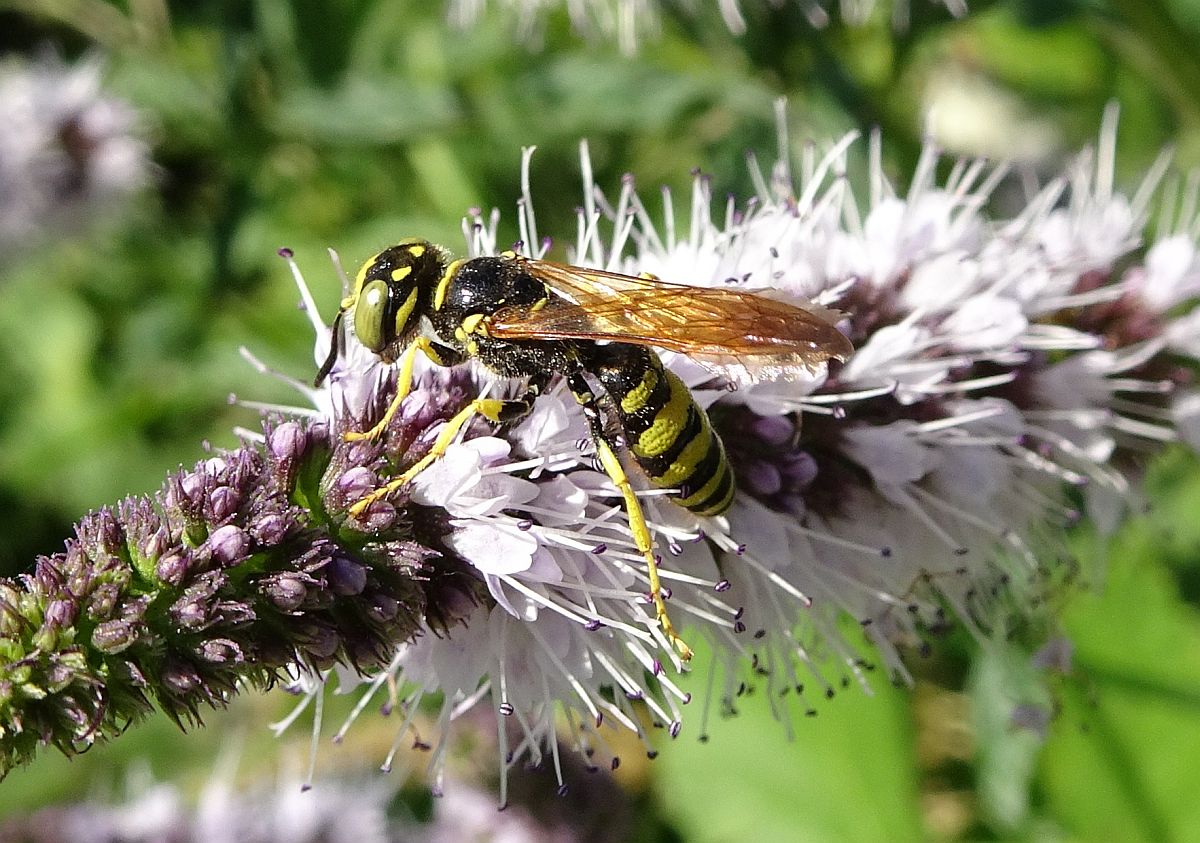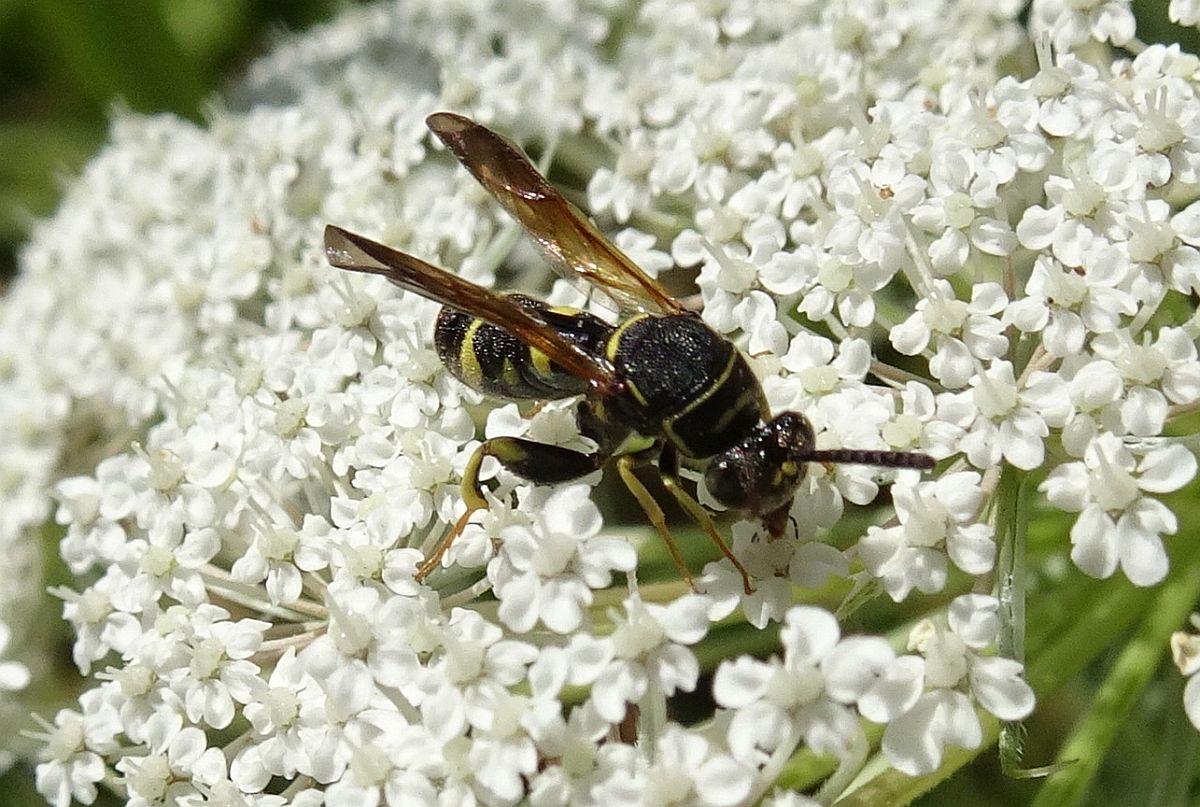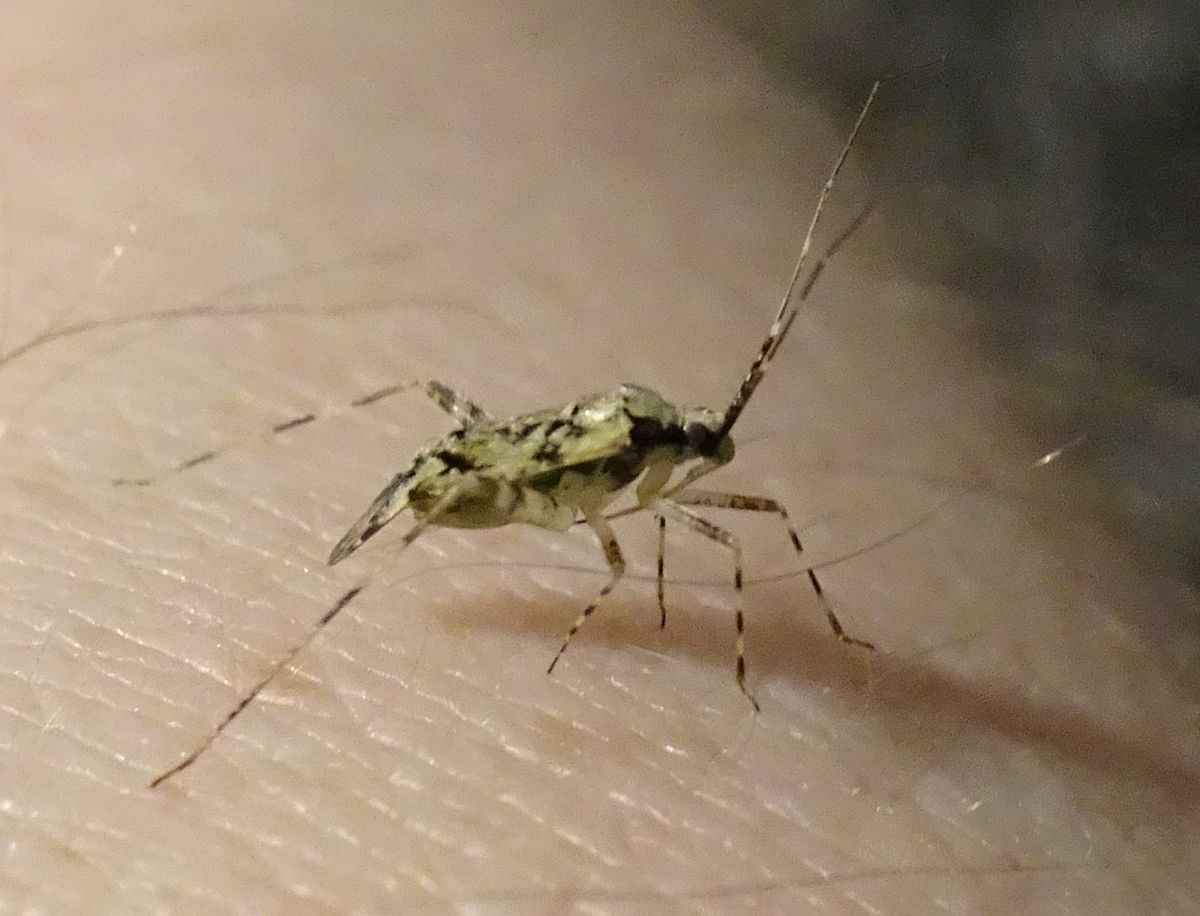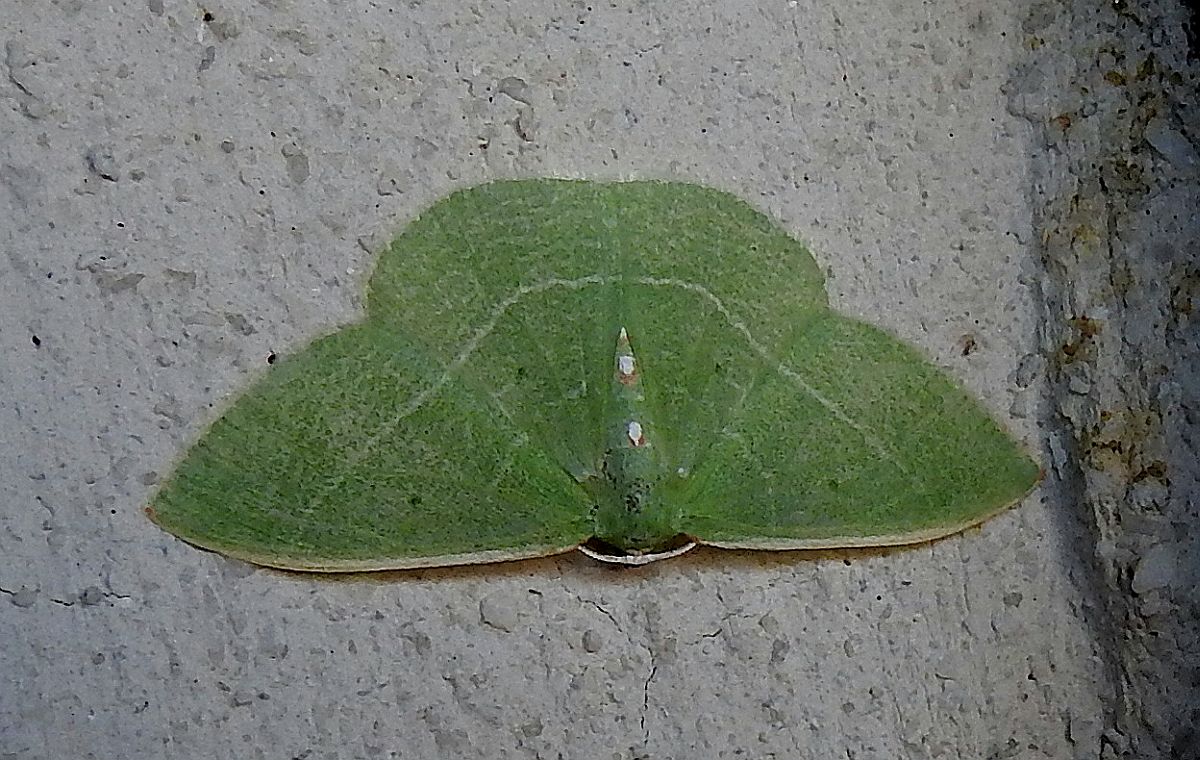2022 August 24 evening
Mike Yip writes from Nanoose: Common Woodnymphs were about two weeks late but I finally found a few in my yard on August 22. That inspired me to make a quick visit to Mount Washington on August 23 to look for a few butterflies. Great Arctics were still abundant, but it took a while to find one that wasn’t in poor condition. Other species seen were Common Branded Skipper, Hydaspe Fritillary, Anna’s Blue, Hoary Comma, , Purplish Copper, Mariposa Copper, Western Meadow Fritillary, Anise Swallowtail. Pine White, Cabbage, and Woodland Skipper. Also found a red and black dragonfly near Raven Lodge.
Jeremy Tatum writes: I think most of us here in Victoria will be feeling pretty envious, and will agree that Mike has lots more butterflies up there than we have down here. We are pretty-well reduced here now to Cabbage Whites and Woodland Skippers.
Jeremy continues: The dragonfly proved to be tricky to identify, but it has now been examined carefully by two dragonfly experts, Dr Rob Cannings and Dr Dennis Paulson, who conclude that this is only the second record for Vancouver Island of the Cherry-faced Meadowhawk Sympetrum internum. Congratulations to Mike are in order.
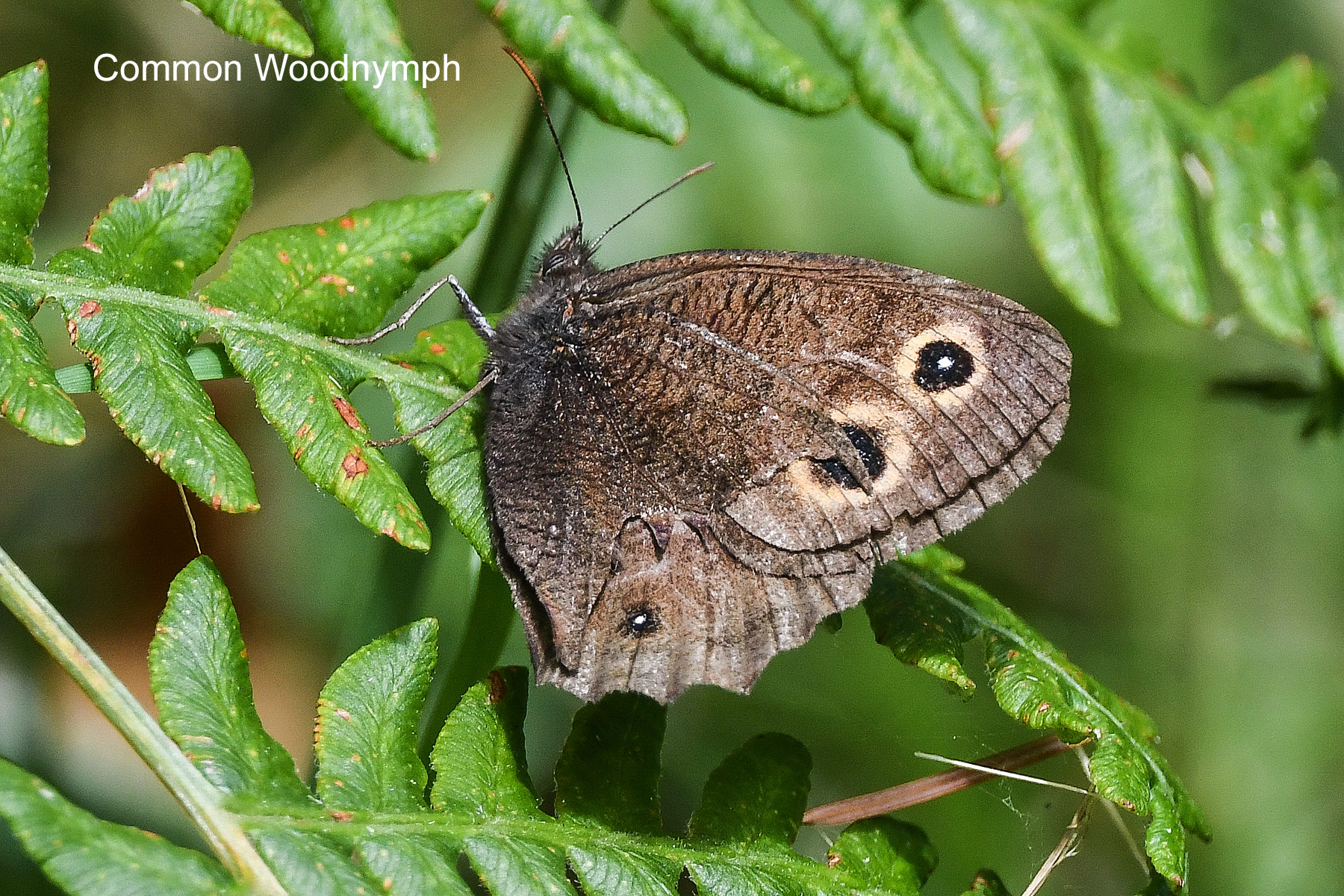
Common Woodnymph Cercyonis pegala (Lep.: Nymphalidae – Satyrinae)
Mike Yip
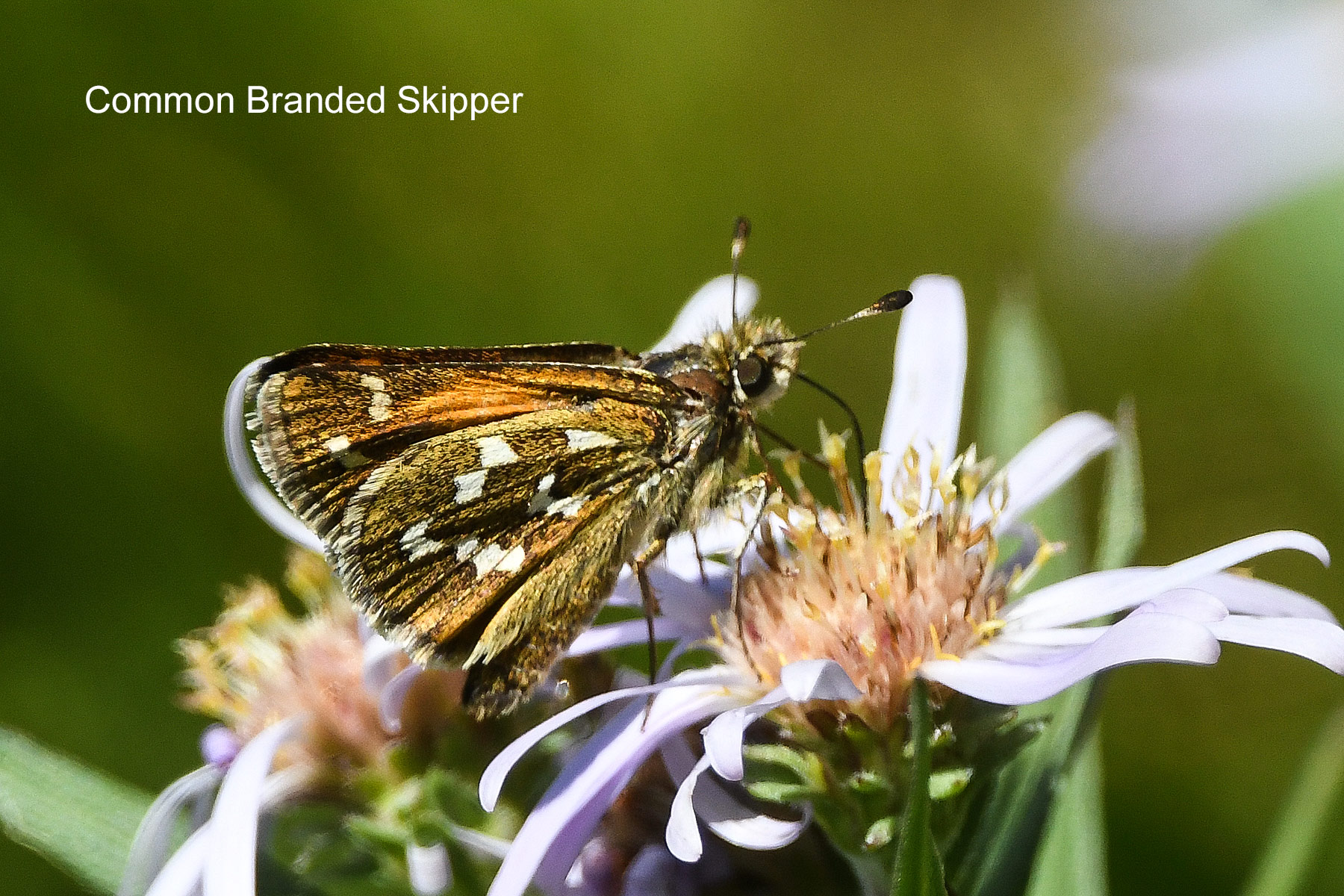
Common Branded Skipper Hesperia comma (Lep.: Hesperiidae) Mike Yip
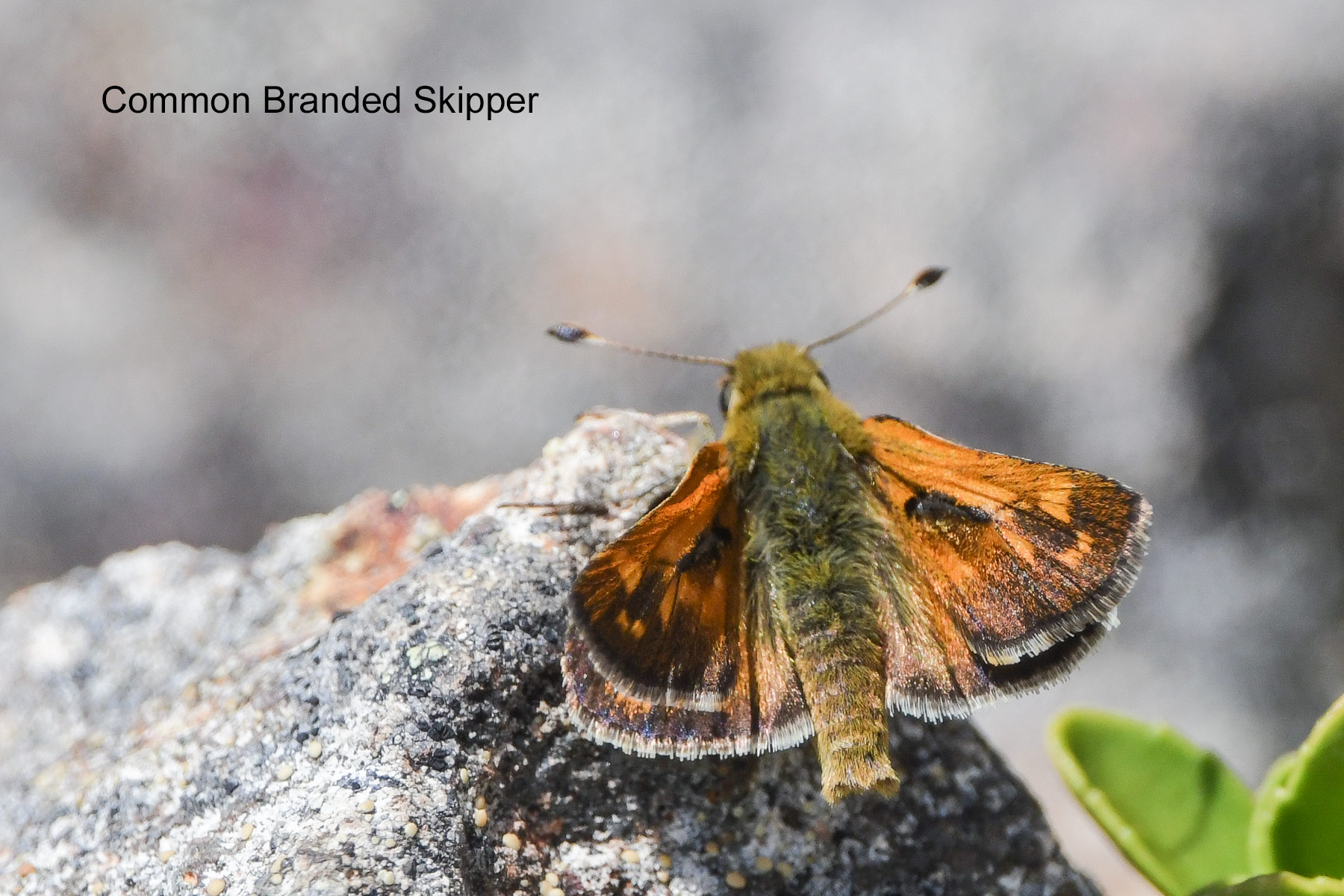
Common Branded Skipper Hesperia comma (Lep.: Hesperiidae) Mike Yip
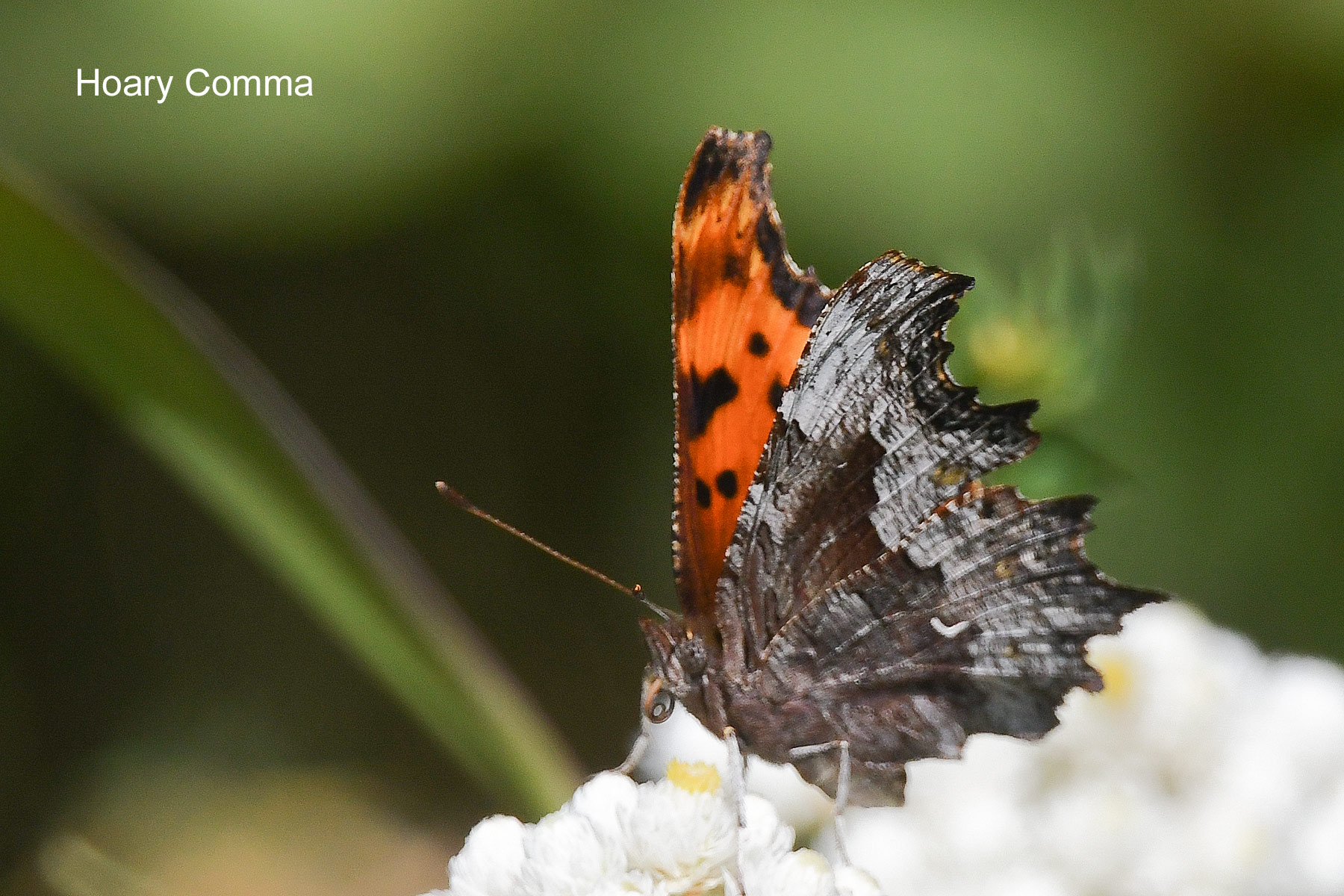
Hoary Comma Polygonia gracilis (Lep.: Nymphalidae) Mike Yip
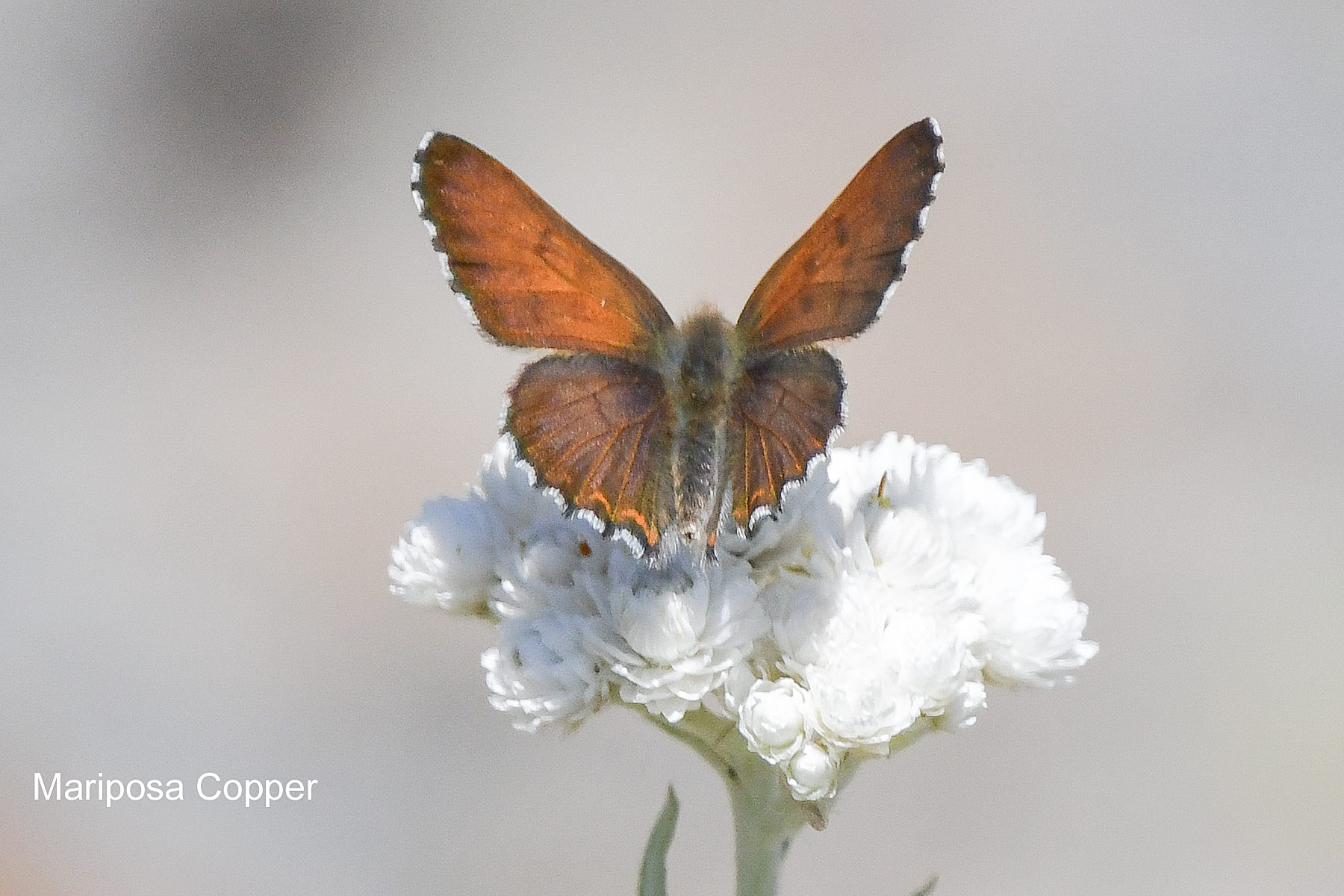
Mariposa Copper Lycaena mariposa (Lep.: Lycaenidae) Mike Yip
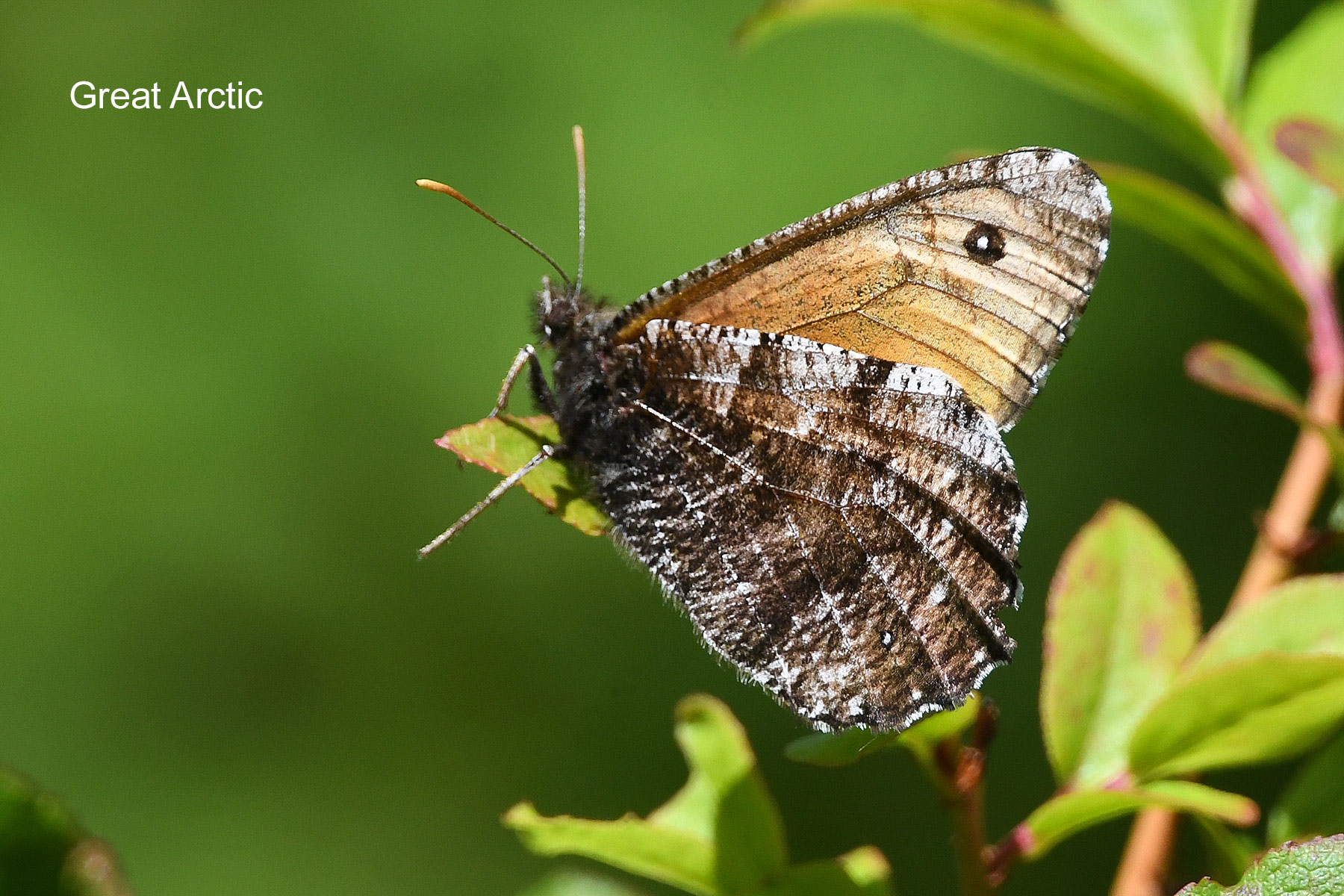
Great Arctic Oeneis nevadensis (Lep.: Nymphalidae – Satyrinae) Mike Yip
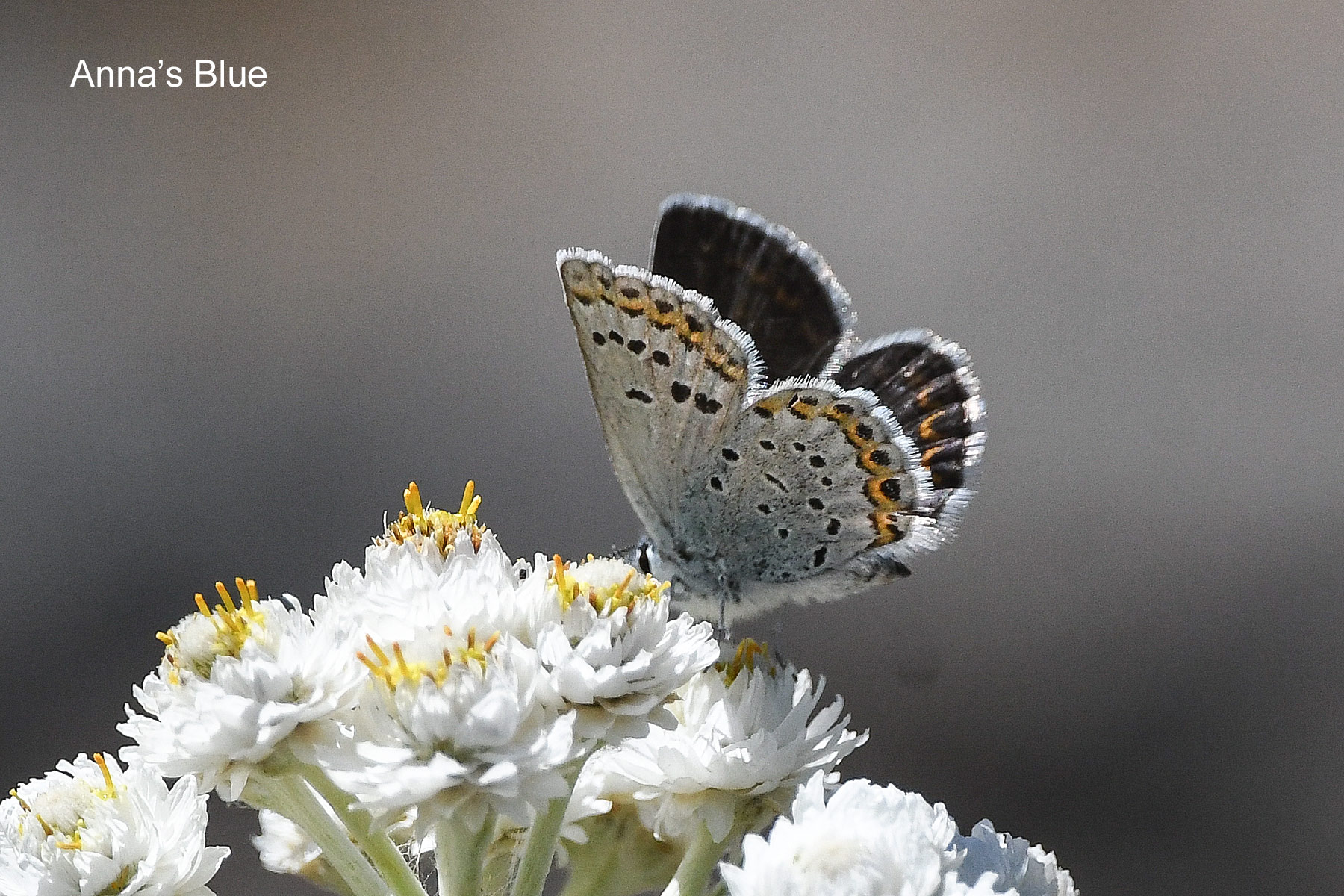
Anna’s Blue Lycaeides anna (Lep.: Lycaenidae) Mike Yip
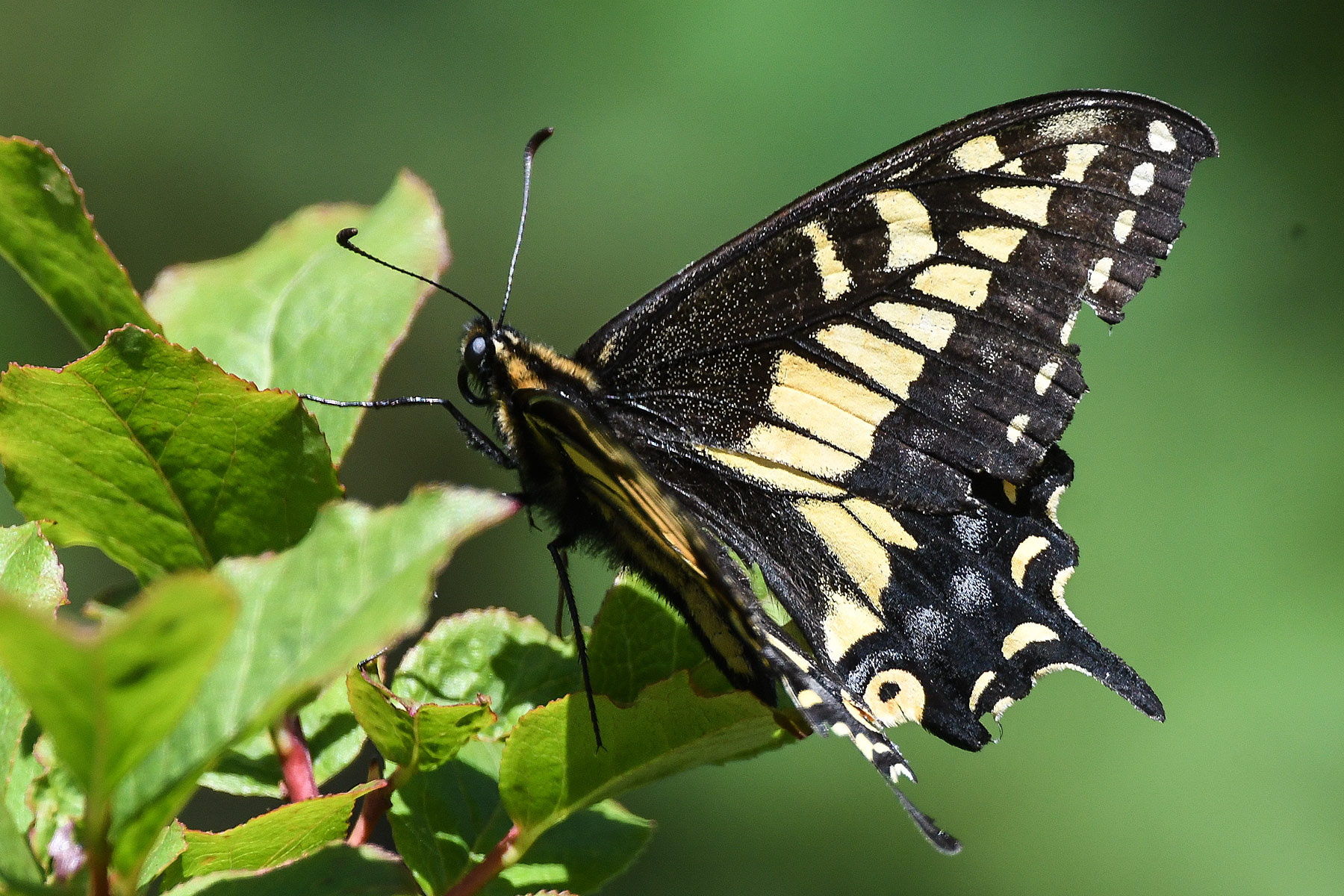
Anise Swallowtail Papilio zelicaon (Lep.: Papilionidae) Mike Yip
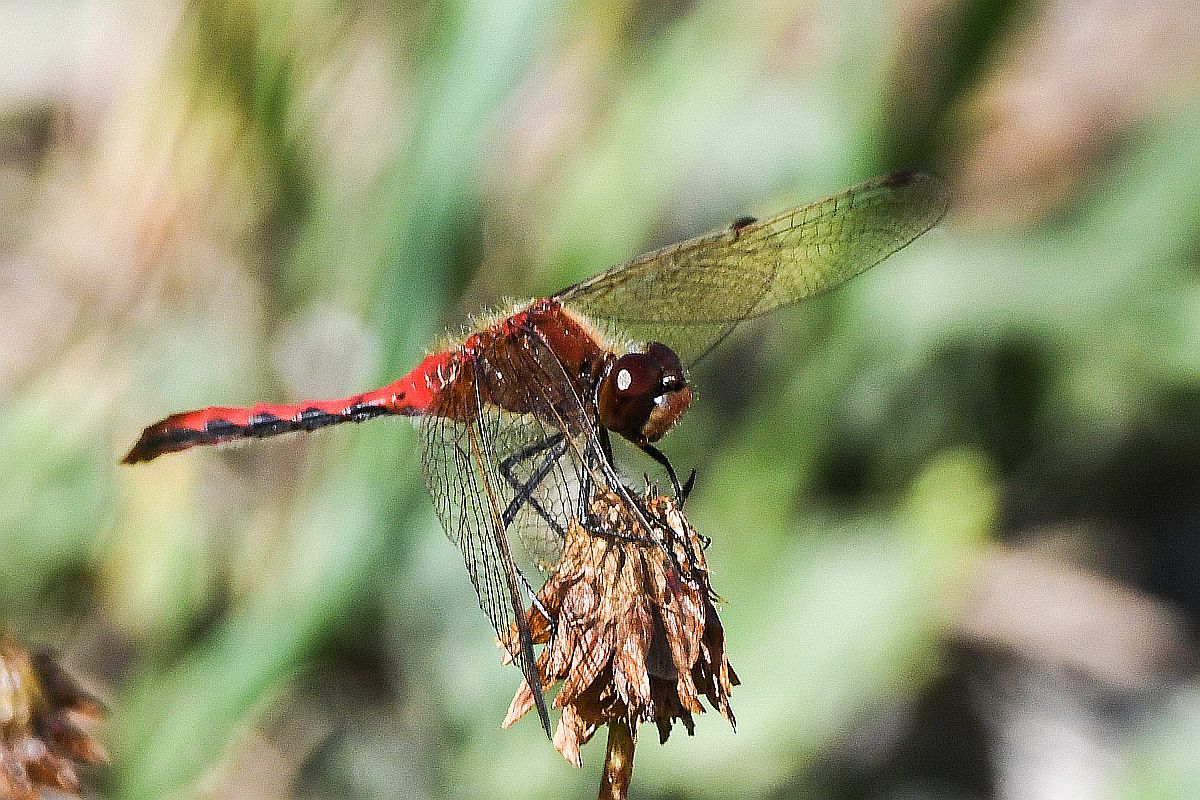
Sympetrum internum (Odo.: Libellulidae)
Mike Yip
Jochen Möhr photographed the following moths from Metchosin this morning – kindly identified by Libby Avis
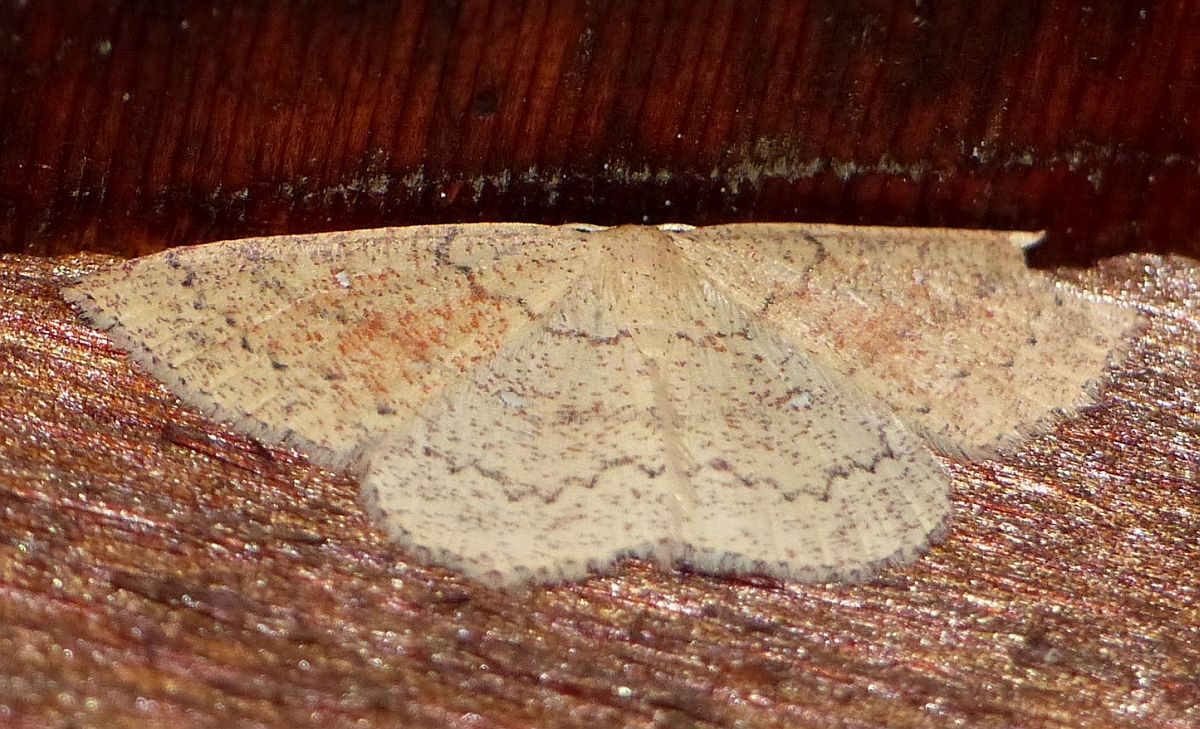
Cyclophora dataria (Lep.: Geometridae) Jochen Möhr
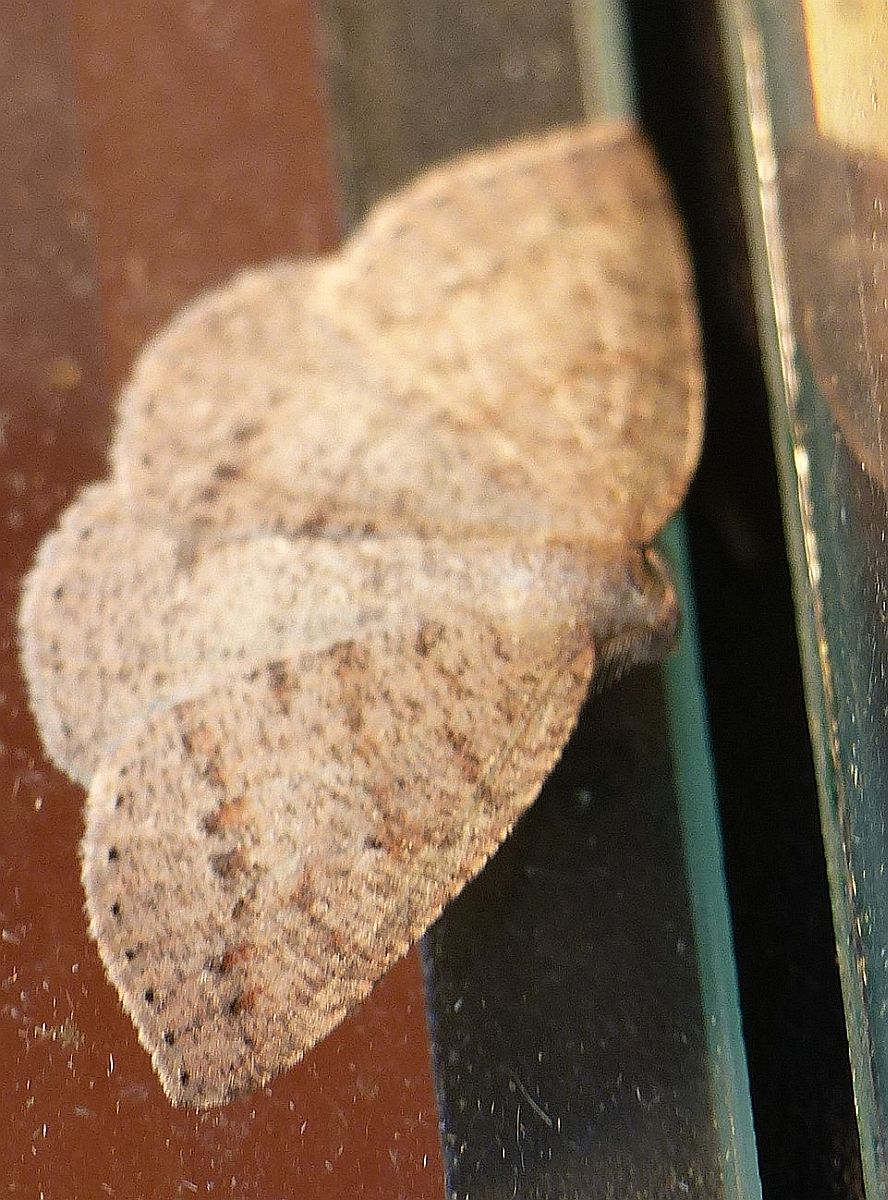
Drepanulatrix (possibly secundaria) (Lep.: Geometridae) Jochen Möhr
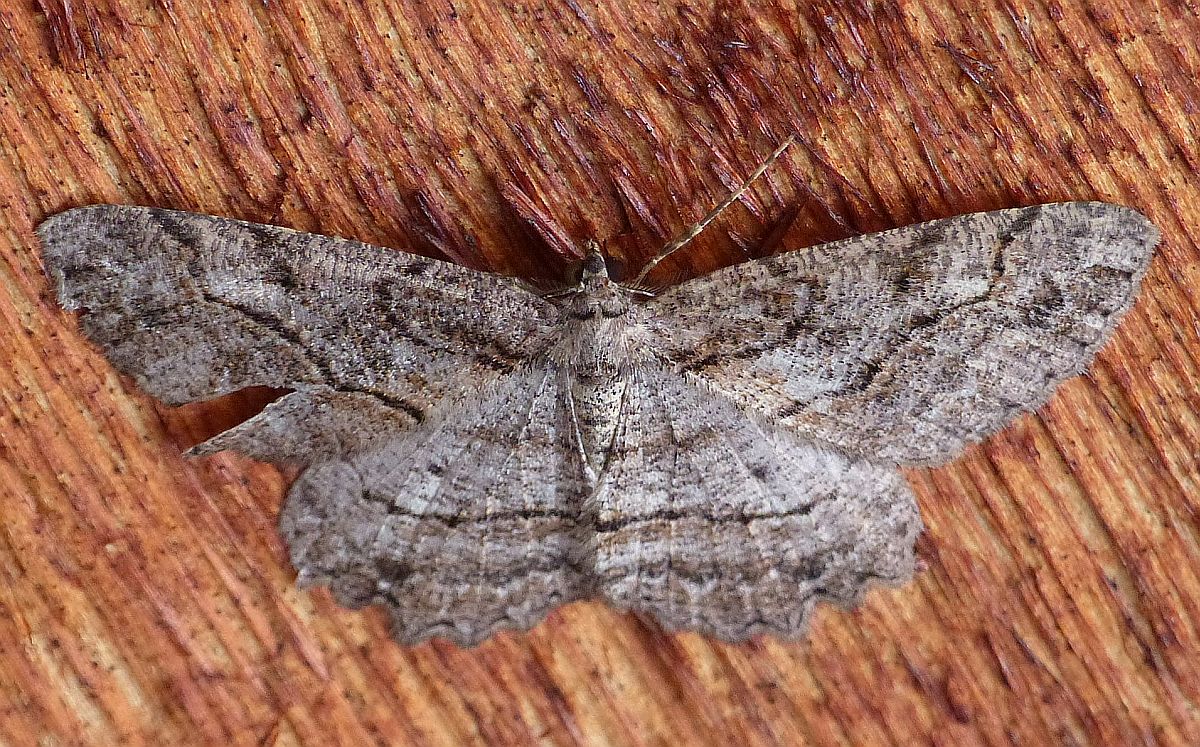
Neoalcis californiaria (Lep.: Geometridae) Jochen Möhr
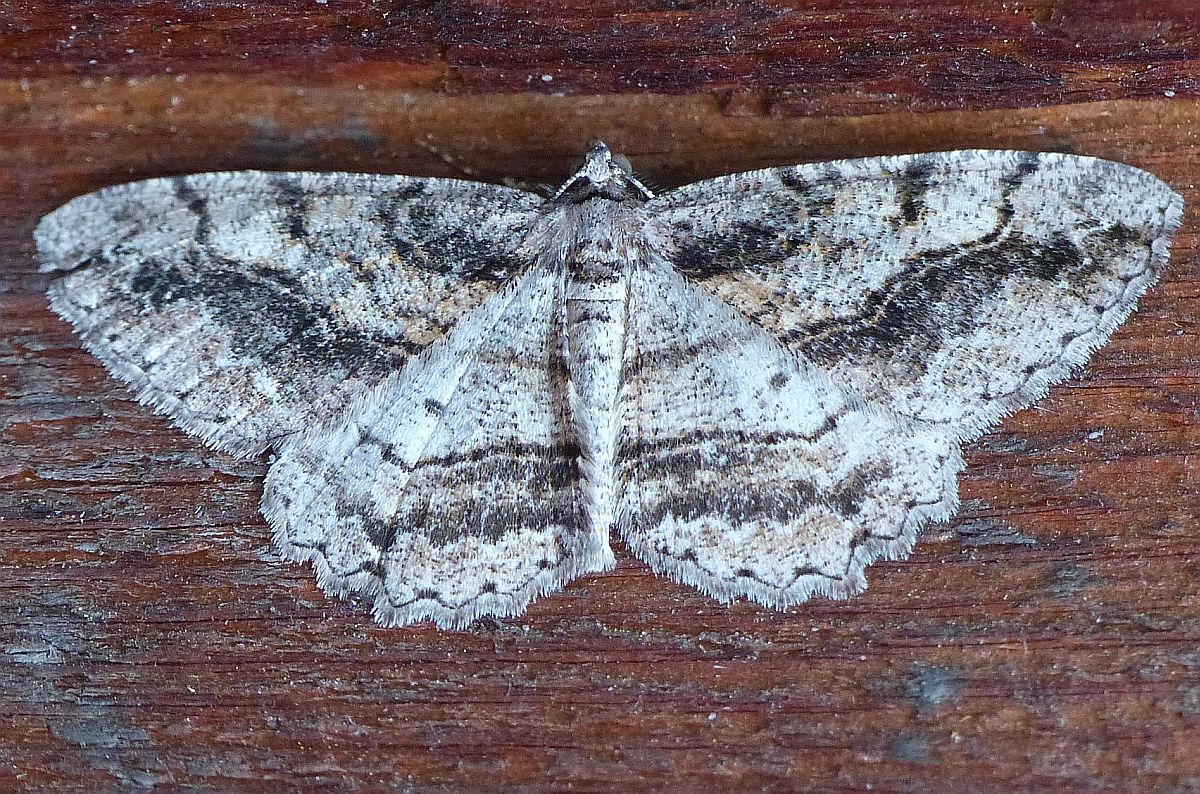
Neoalcis californiaria (Lep.: Geometridae) Jochen Möhr
Jeremy Tatum writes: The presumed second instar hawk moth caterpillar shown on August 16, and again on August 20 in its third instar, has now reached its fourth instar:

Smerinthus ophthalmica (Lep.: Sphingidae) Jeremy Tatum
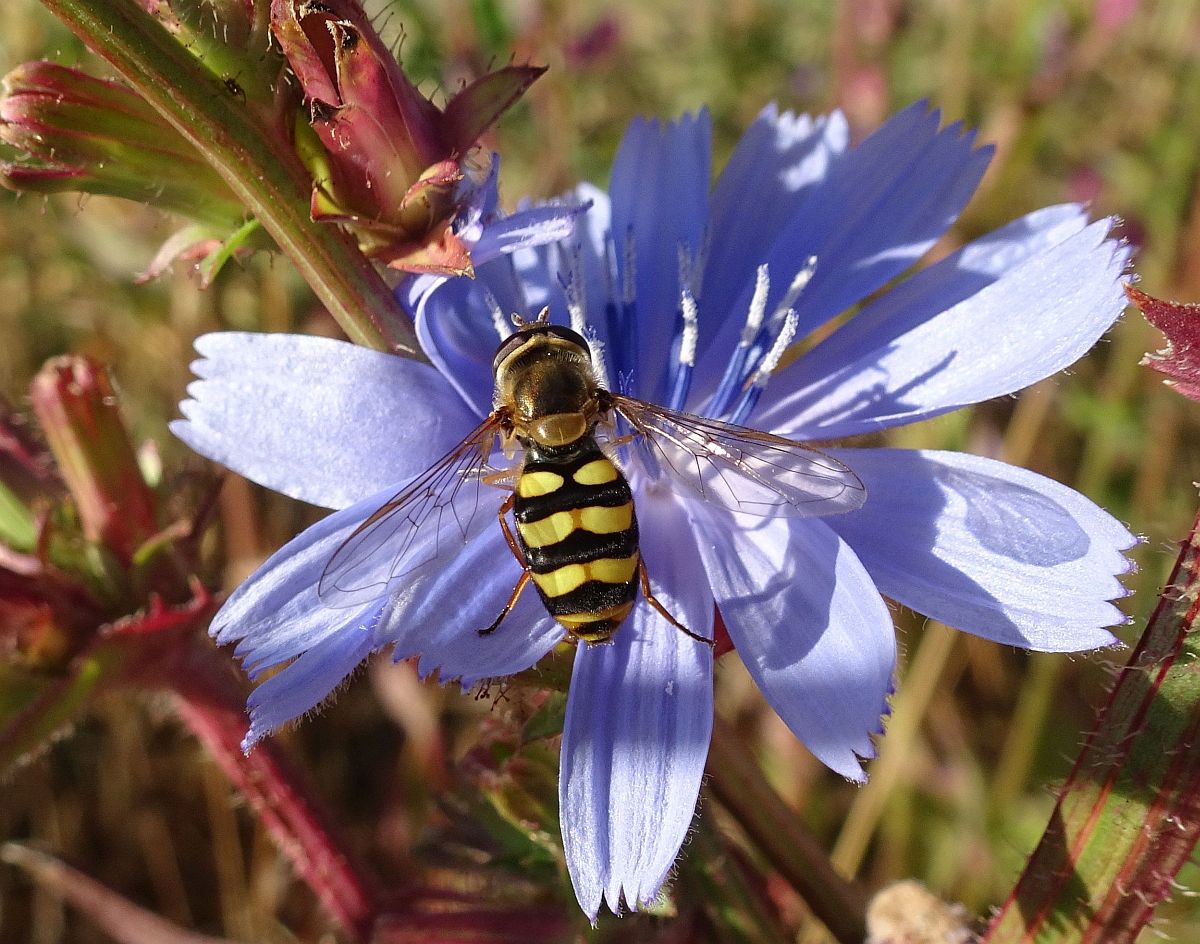
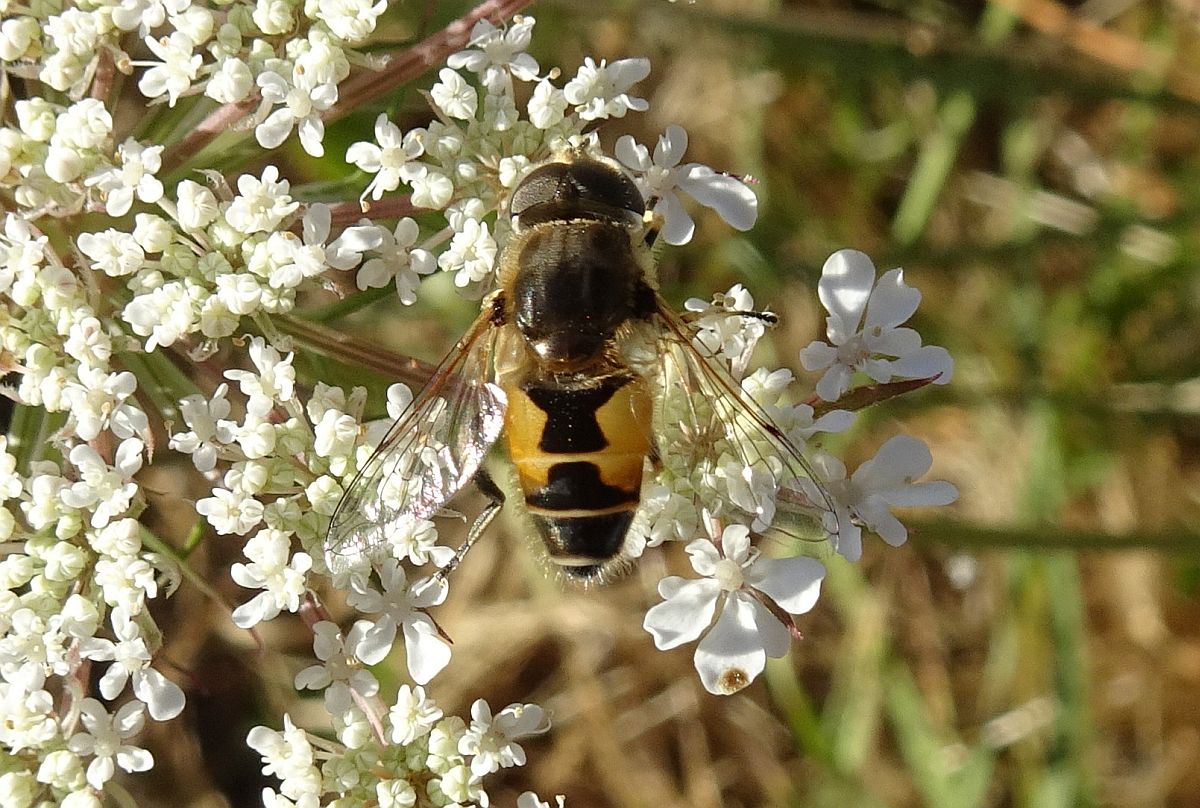
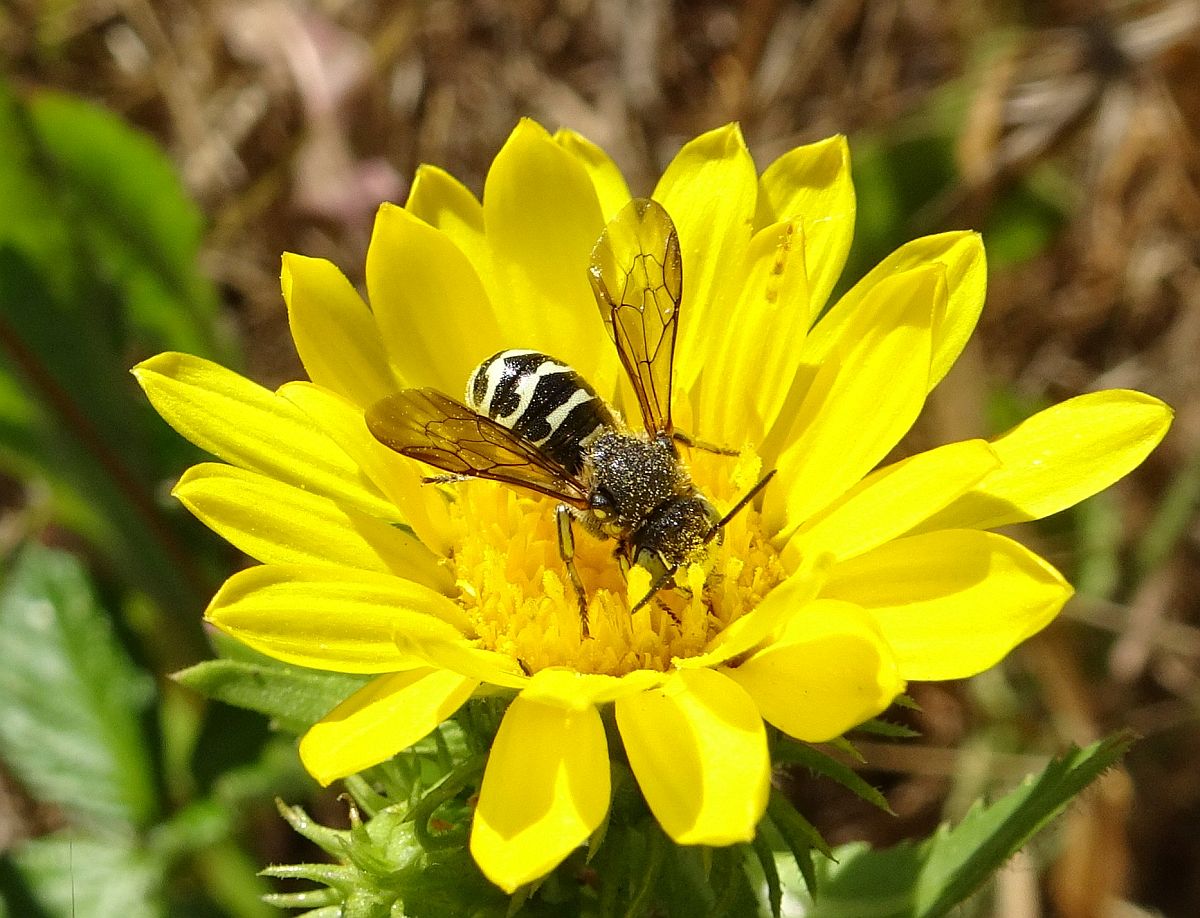
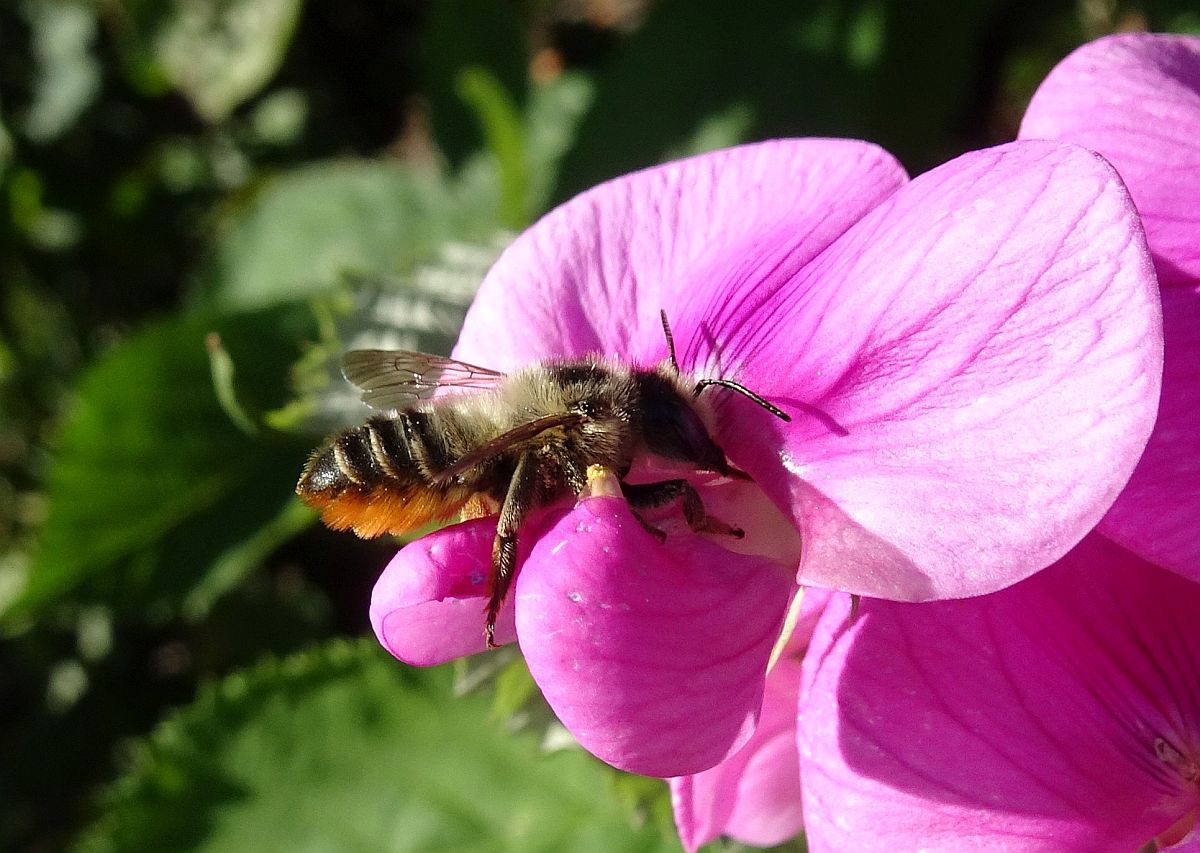
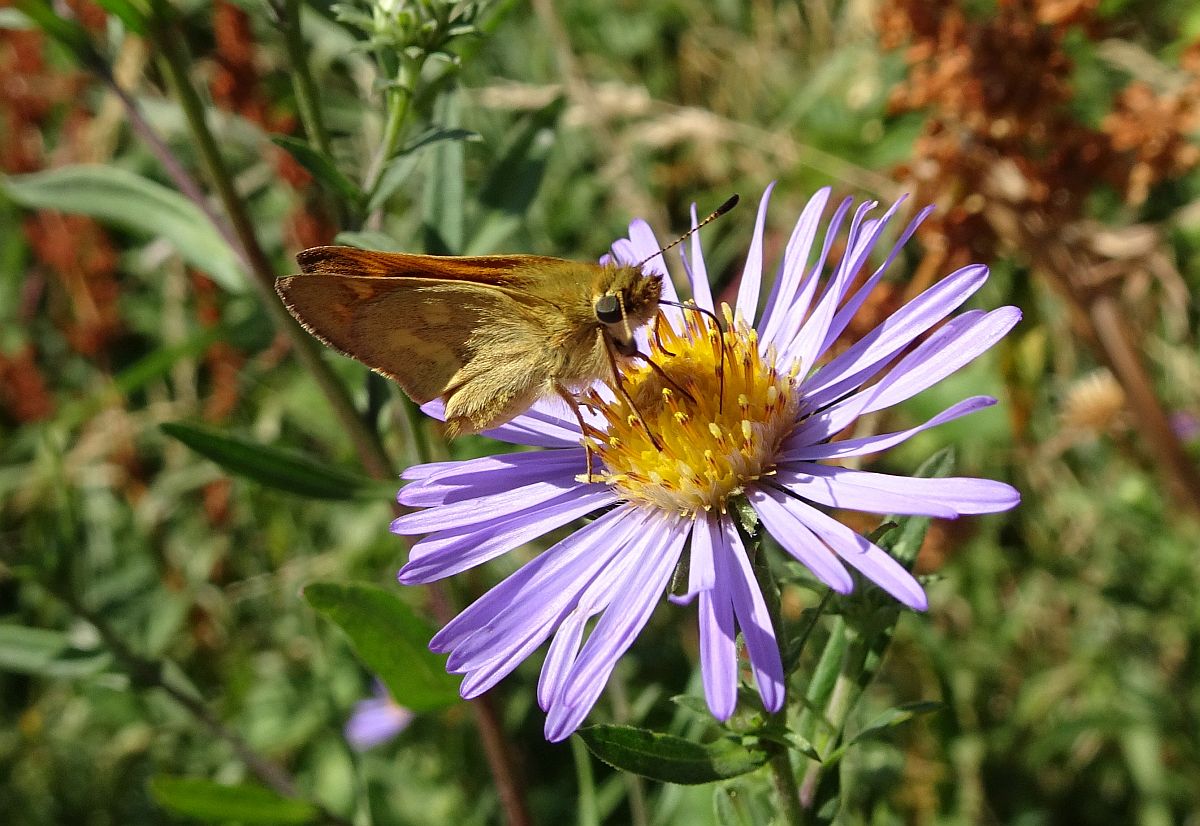
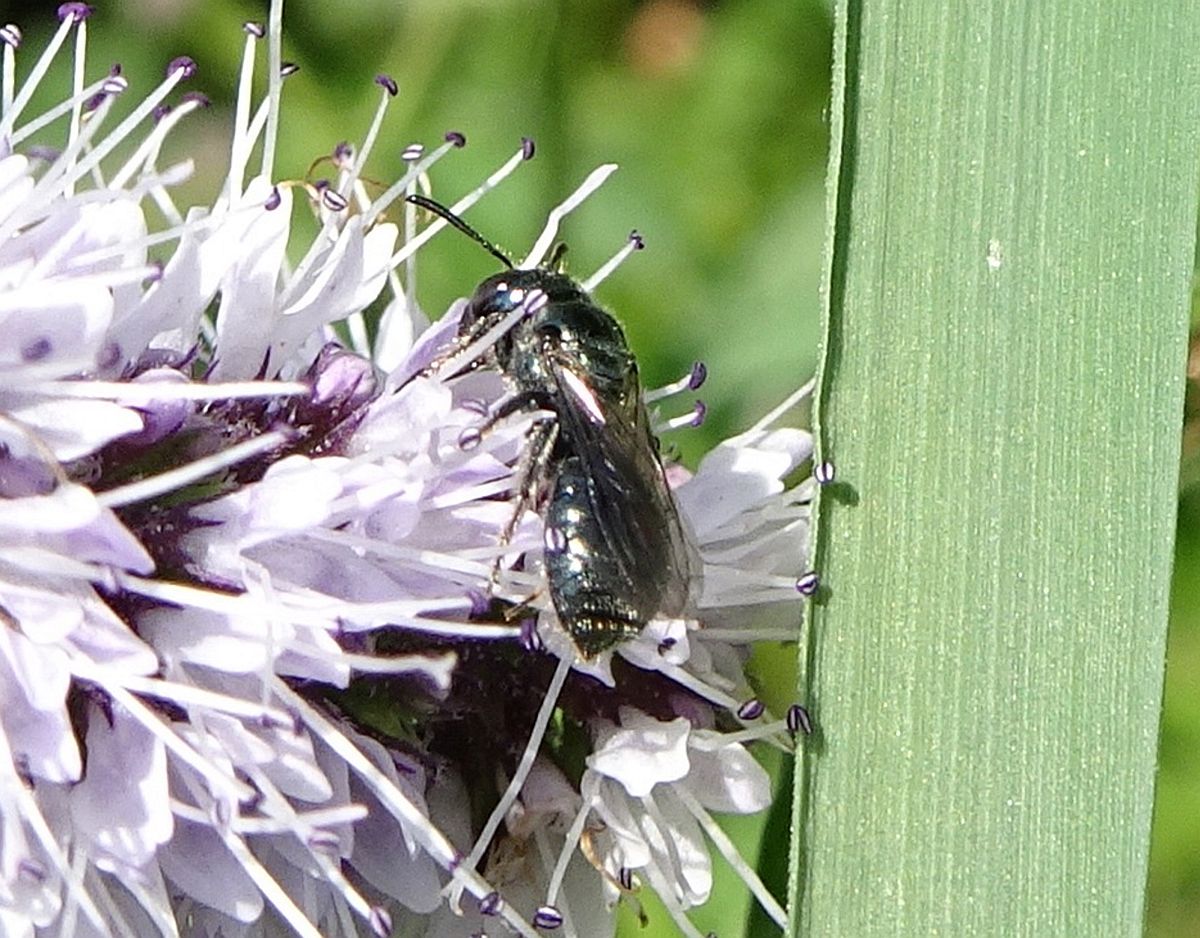

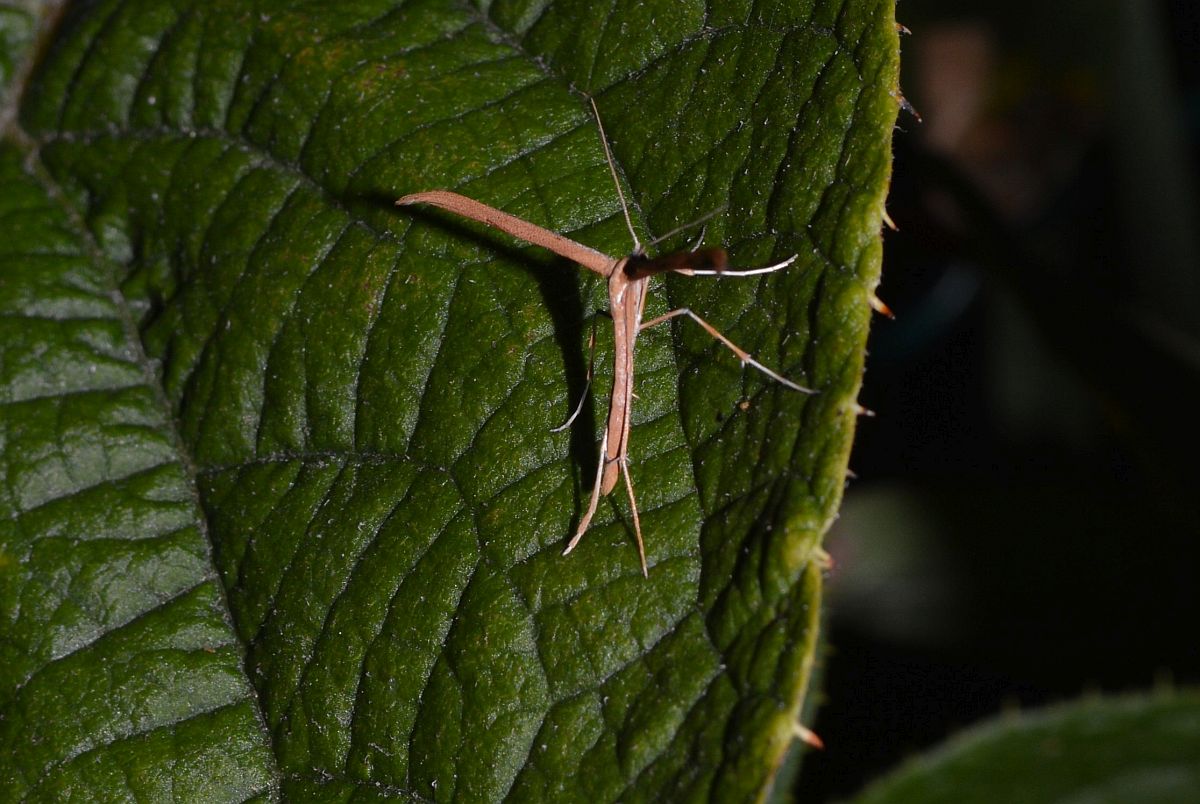
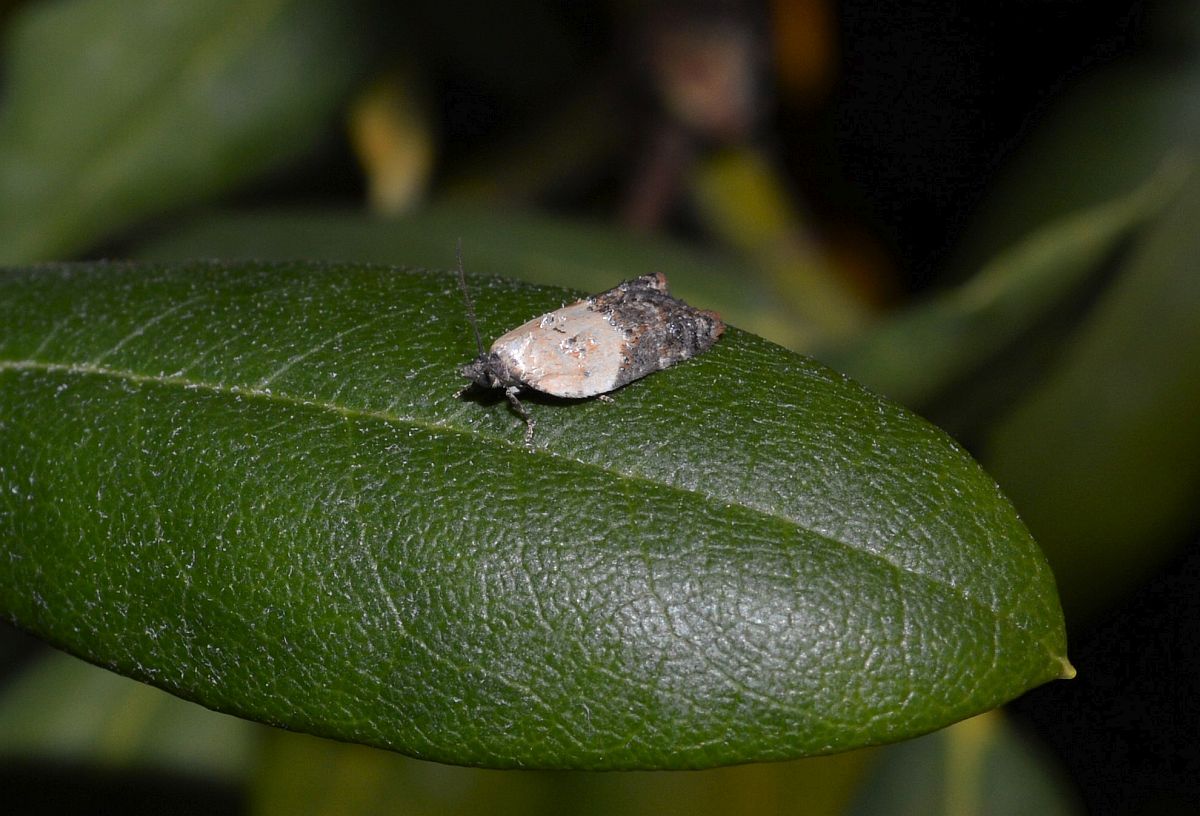
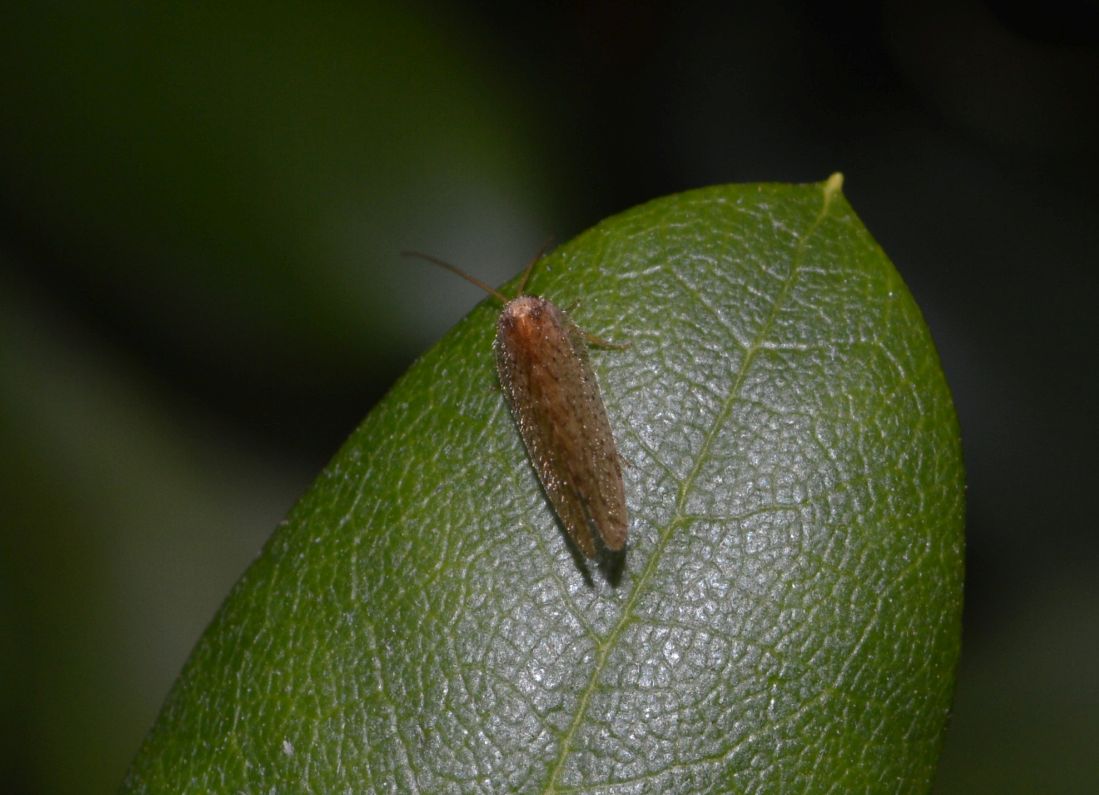
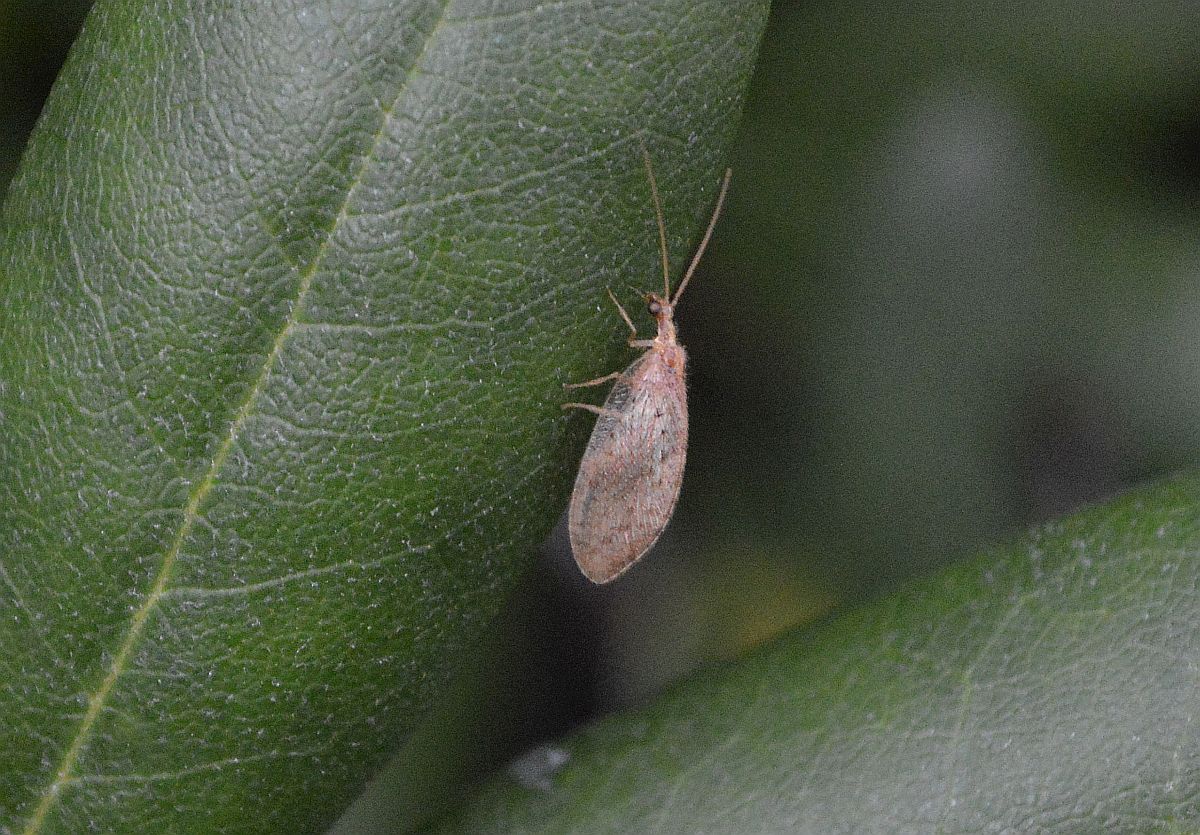

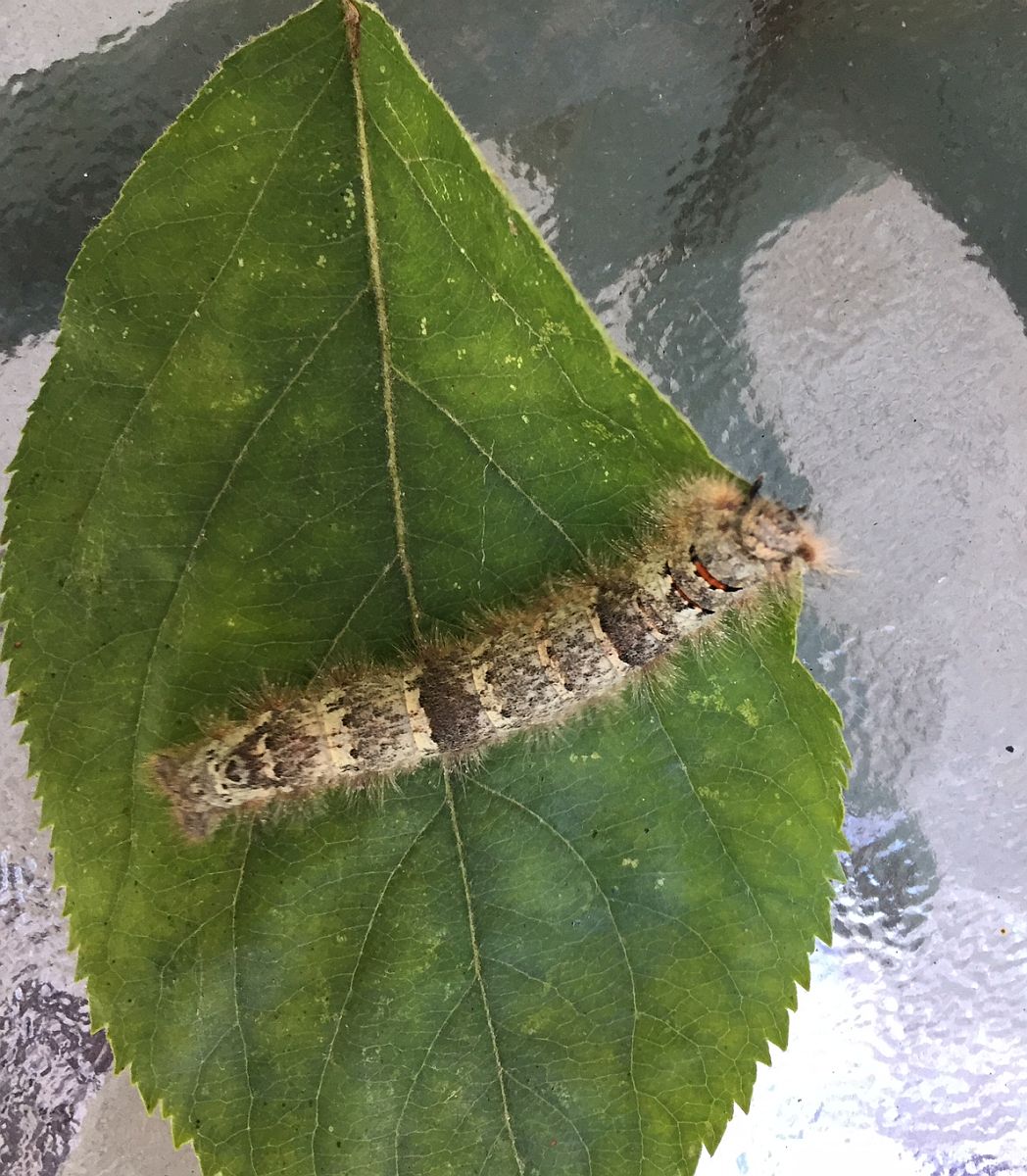
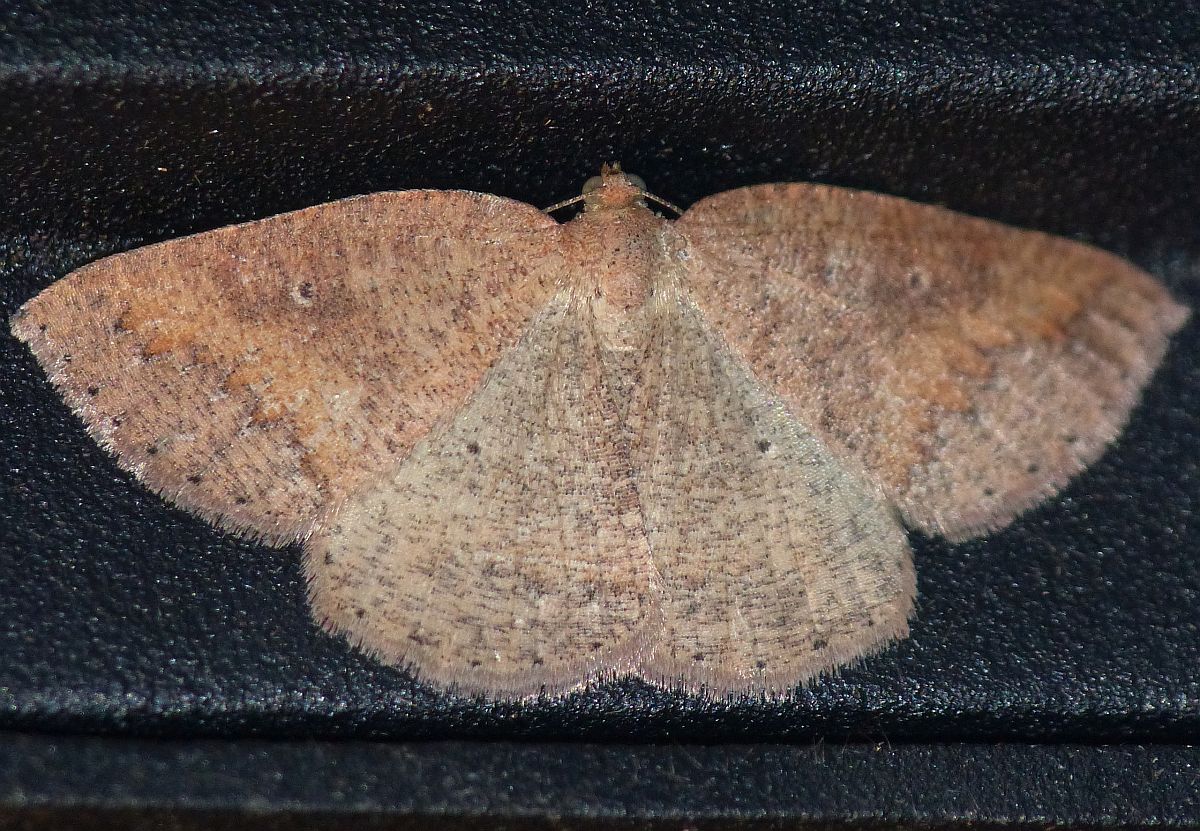
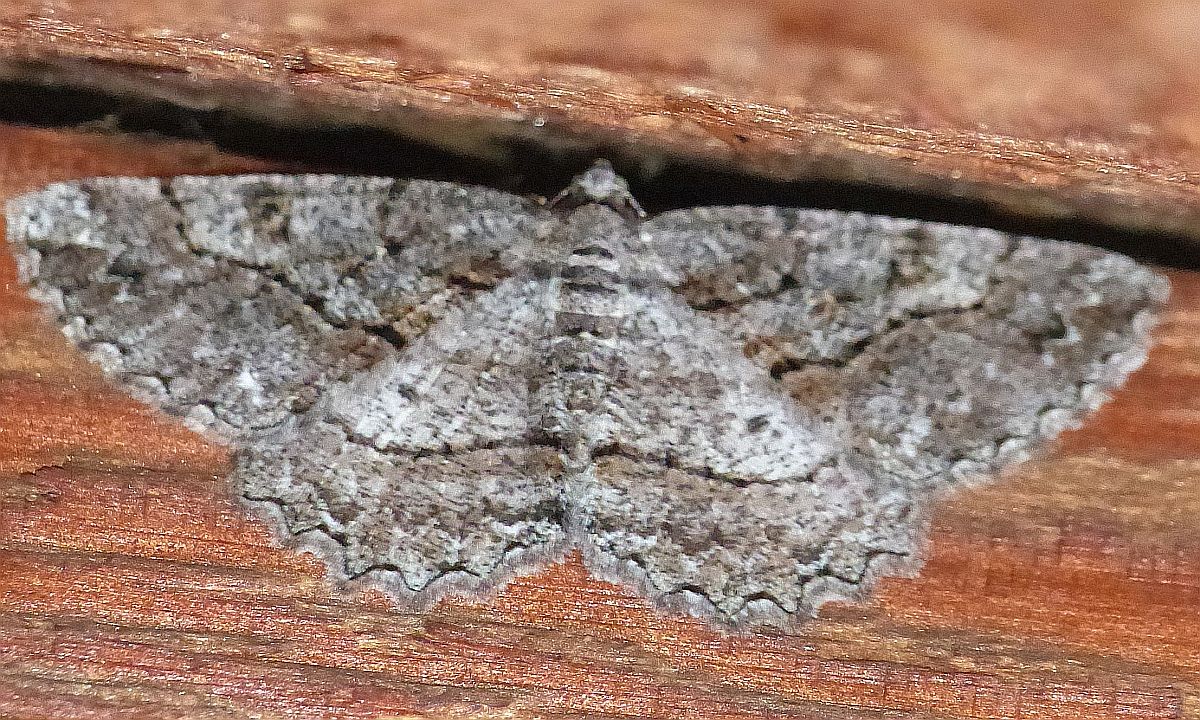














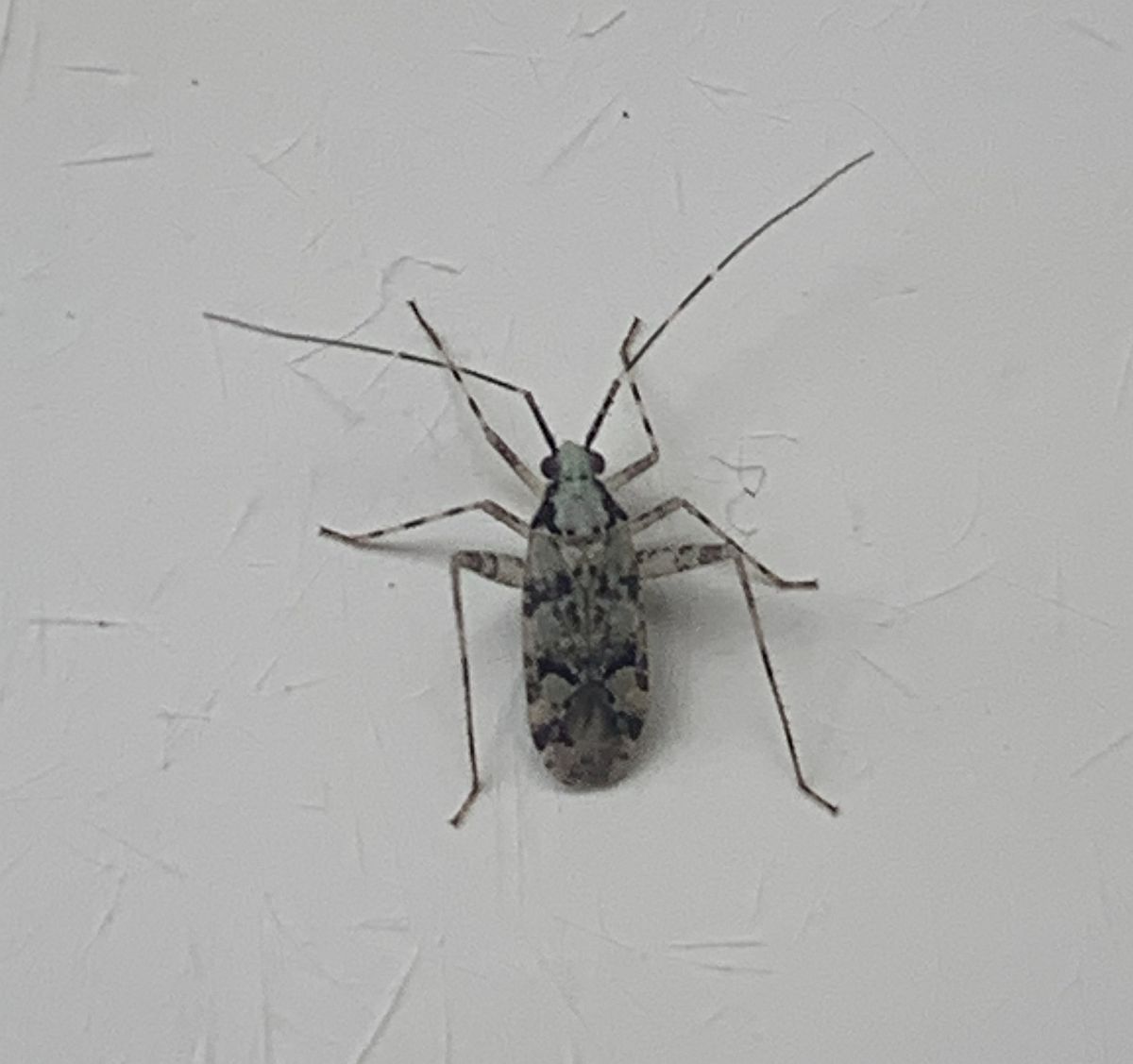
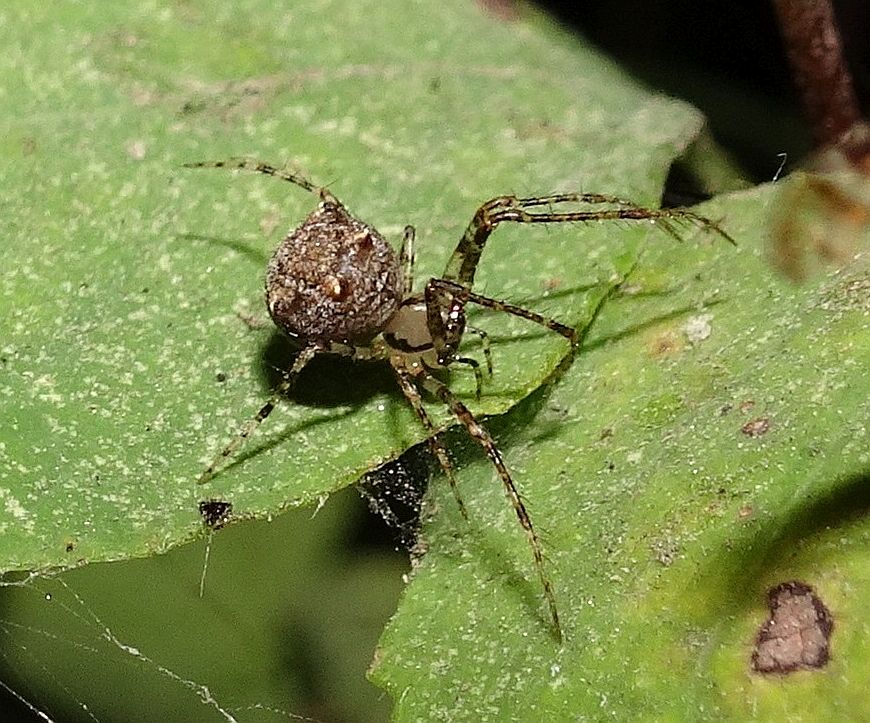
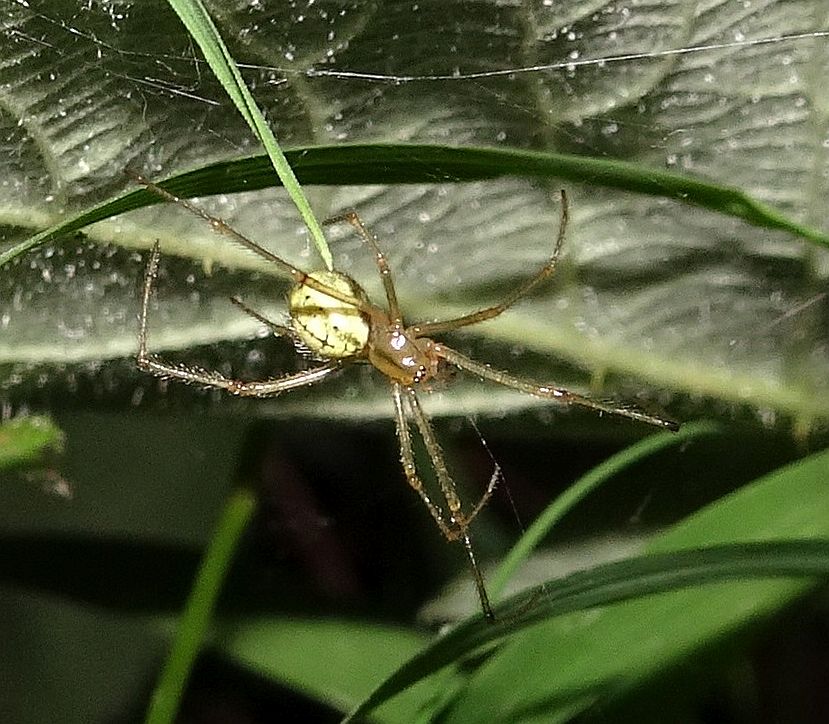
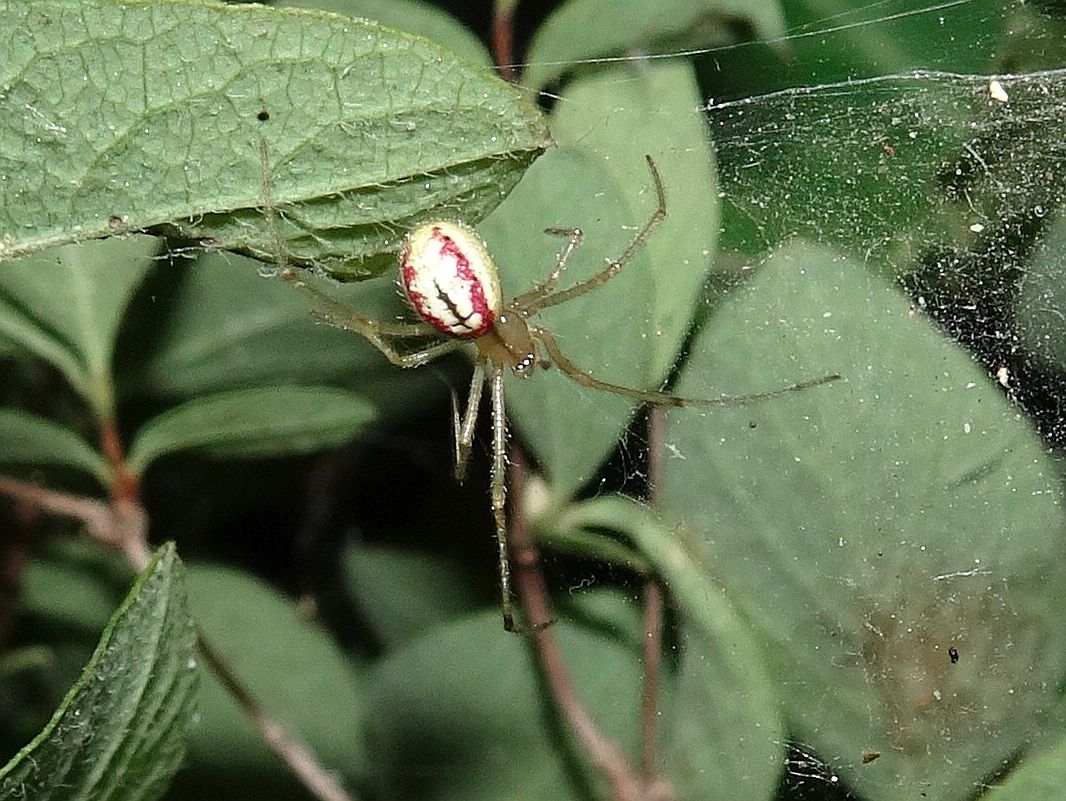
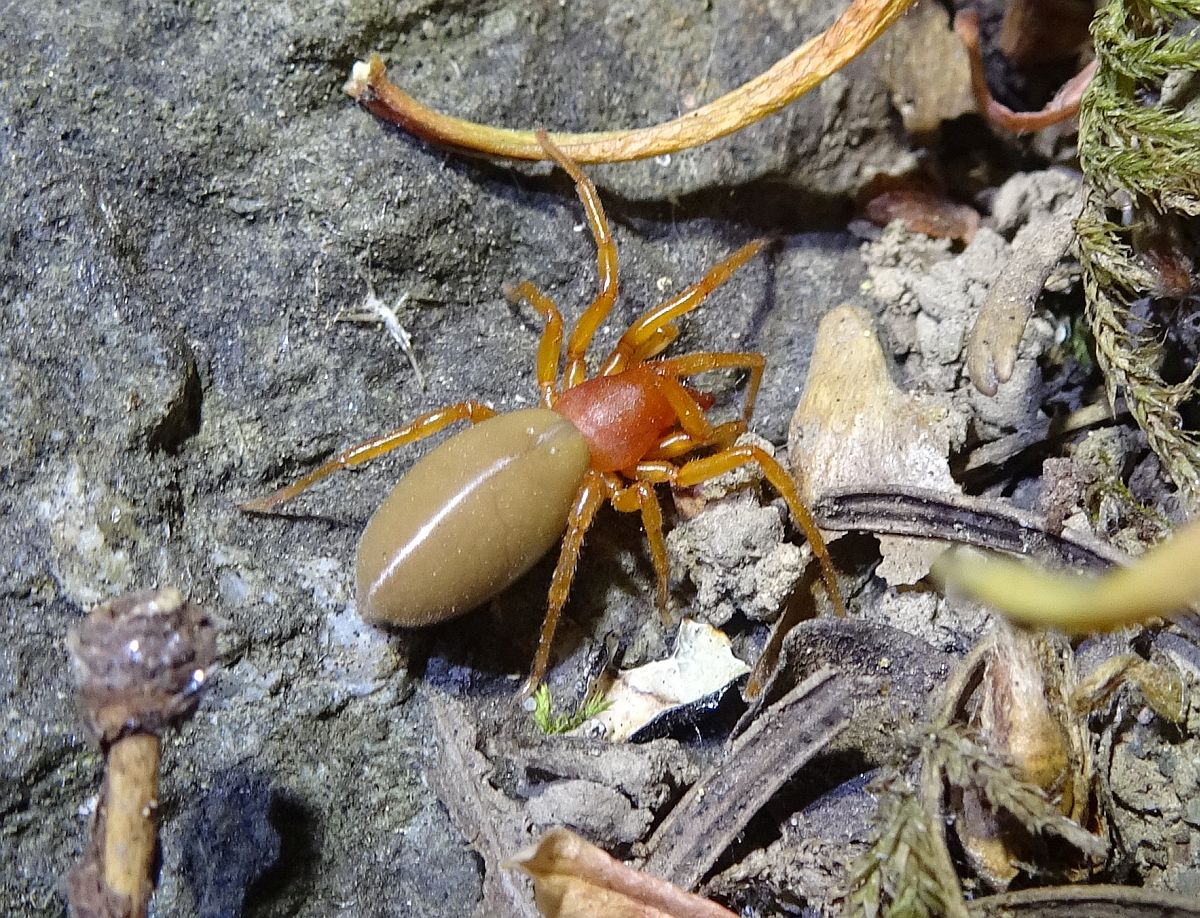
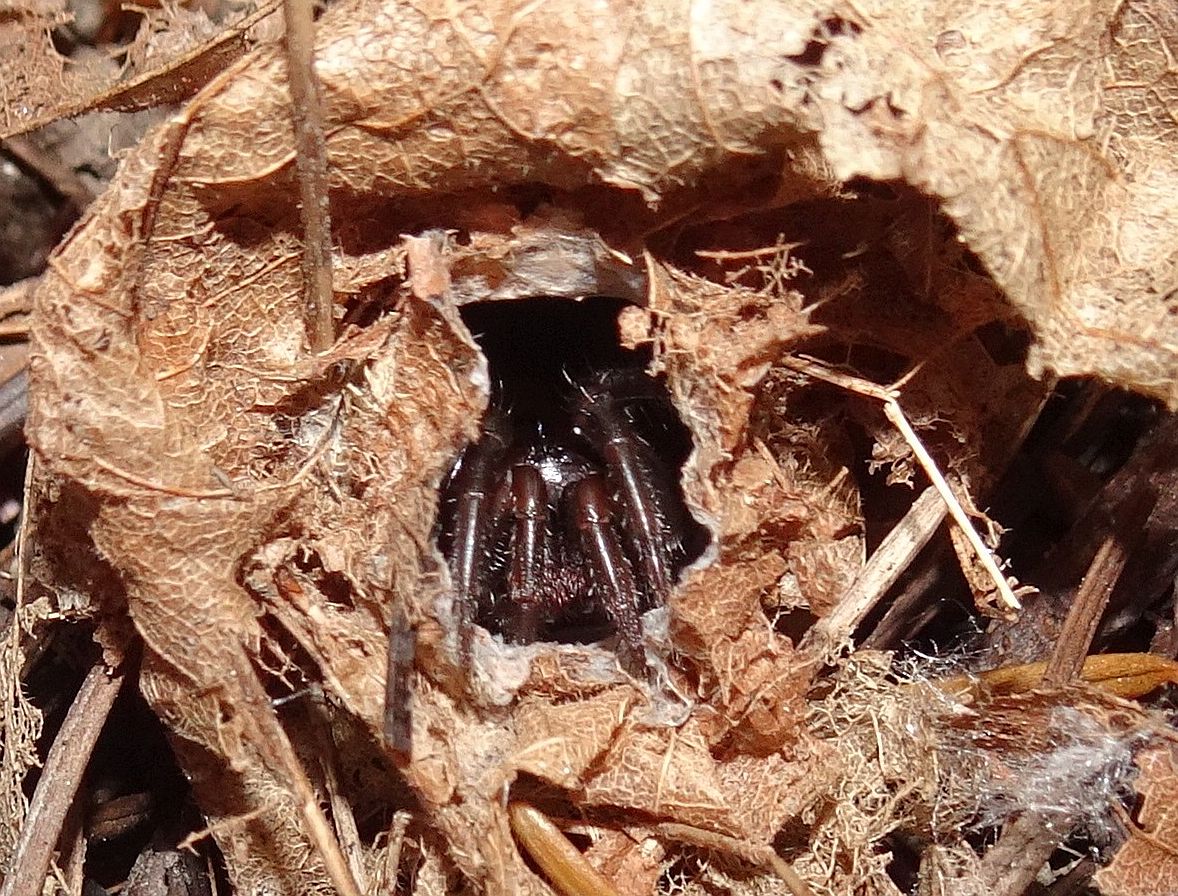 Trapdoor spider Antrodiaetus pacificus (Ara., Mygalomorphae: Antrodiaetidae
Trapdoor spider Antrodiaetus pacificus (Ara., Mygalomorphae: Antrodiaetidae